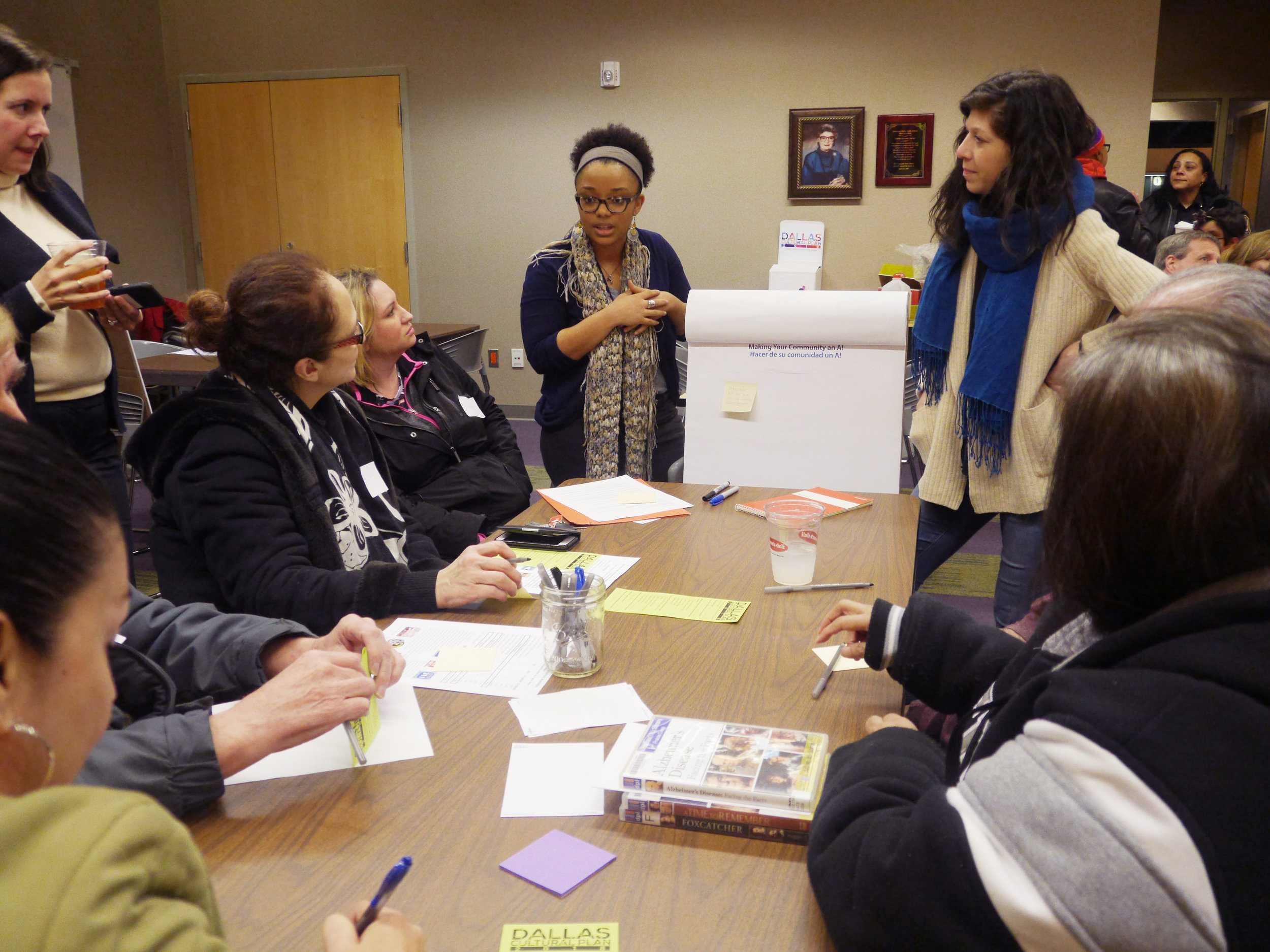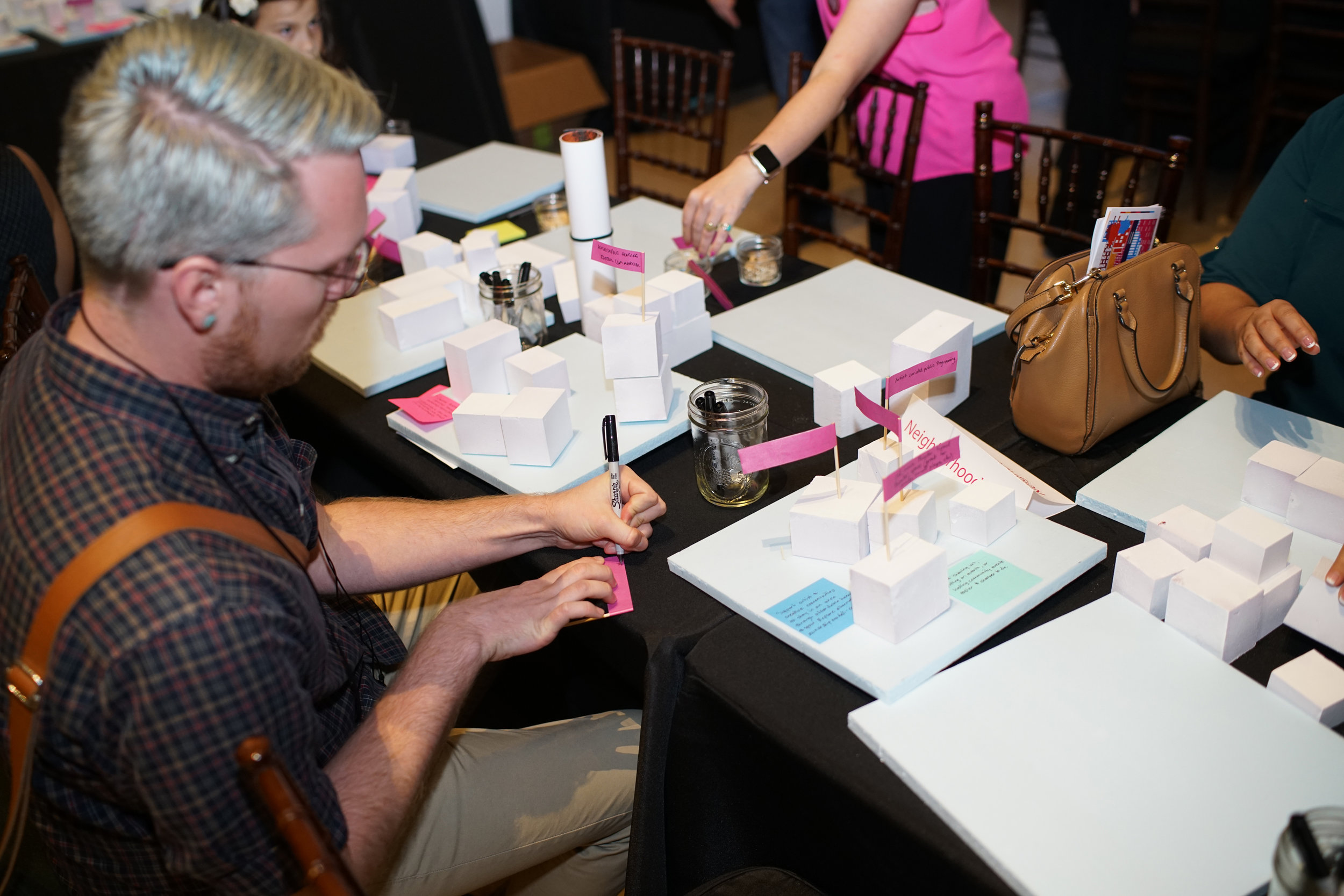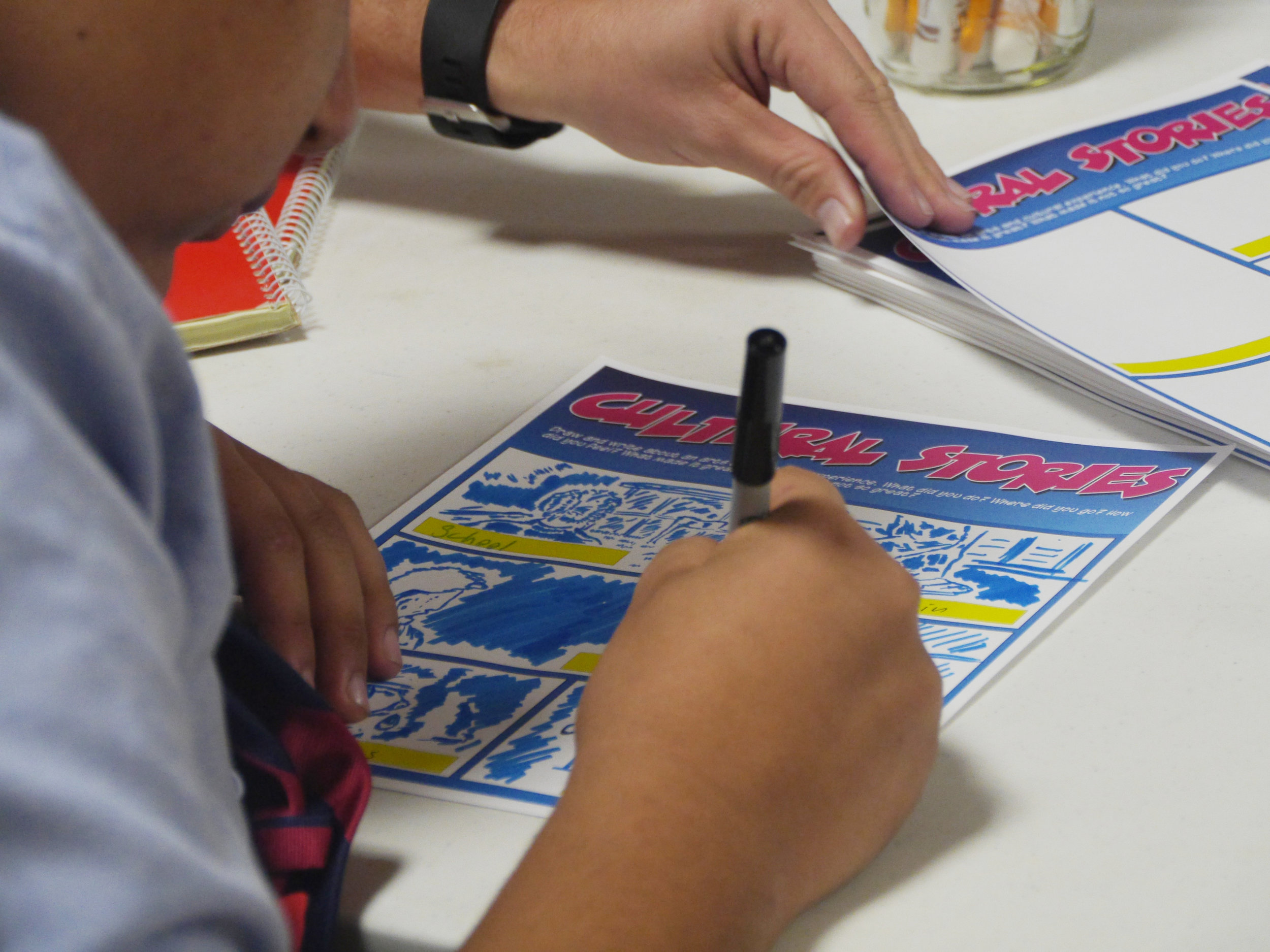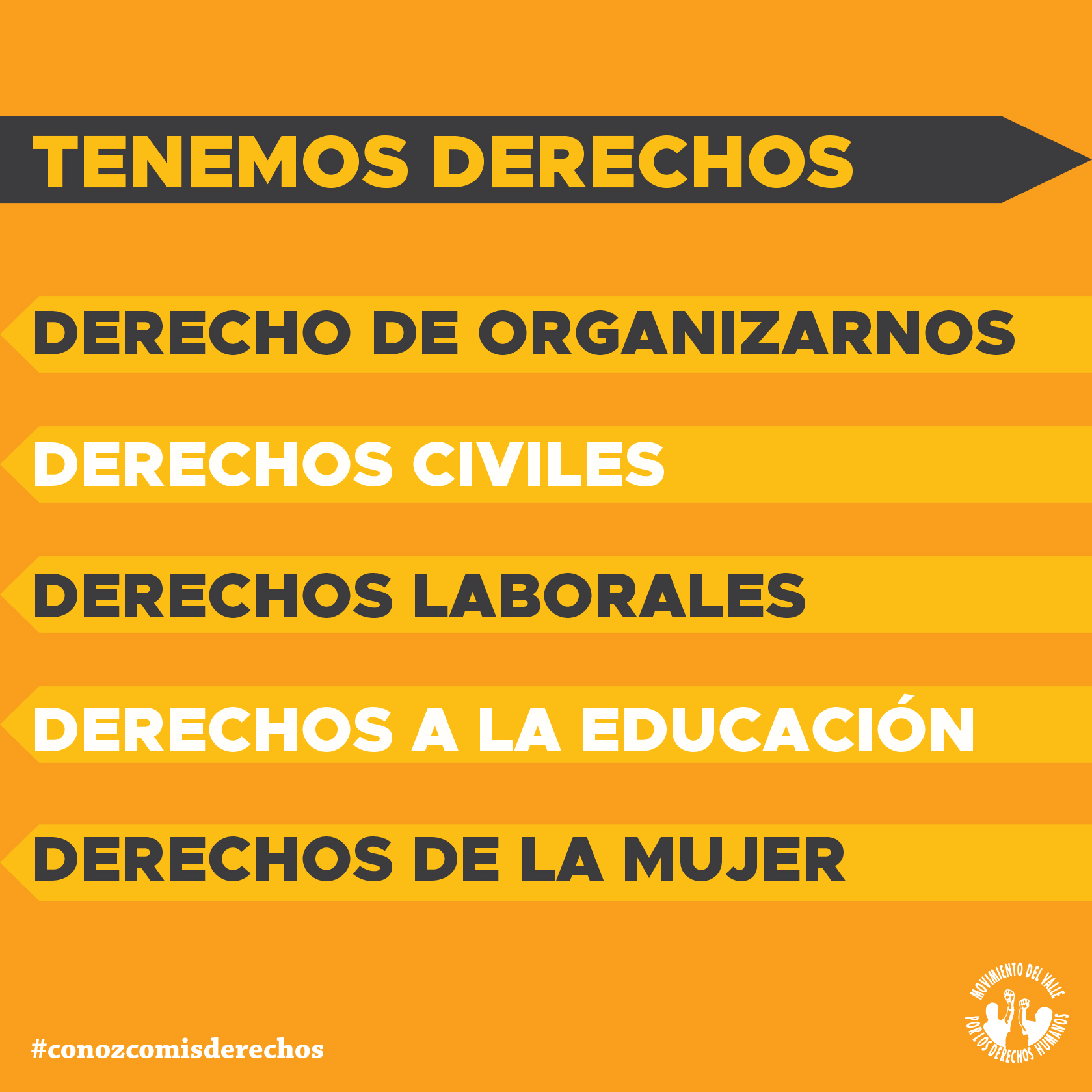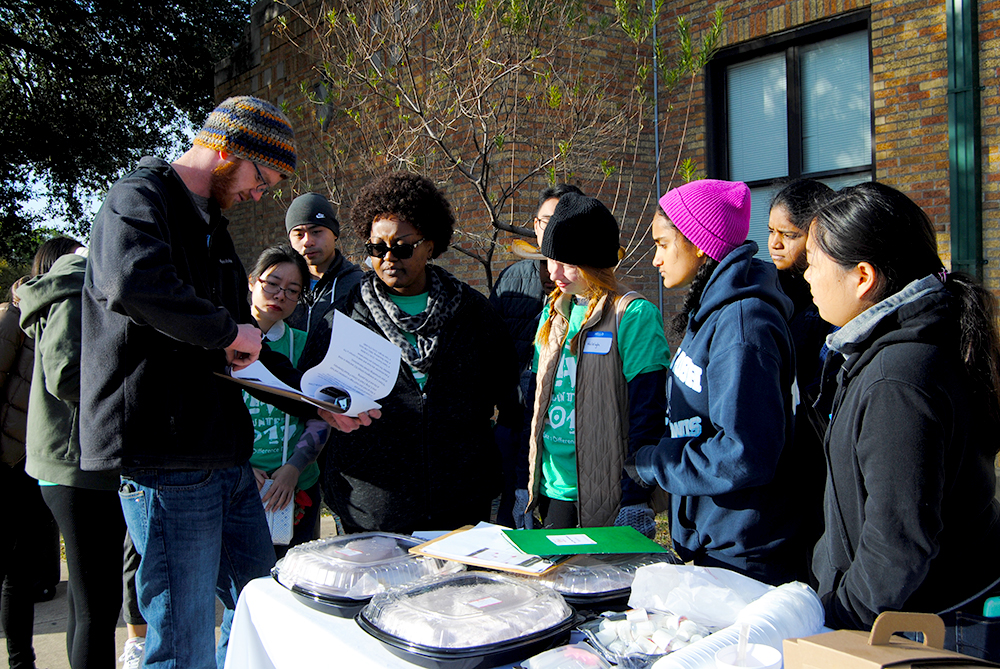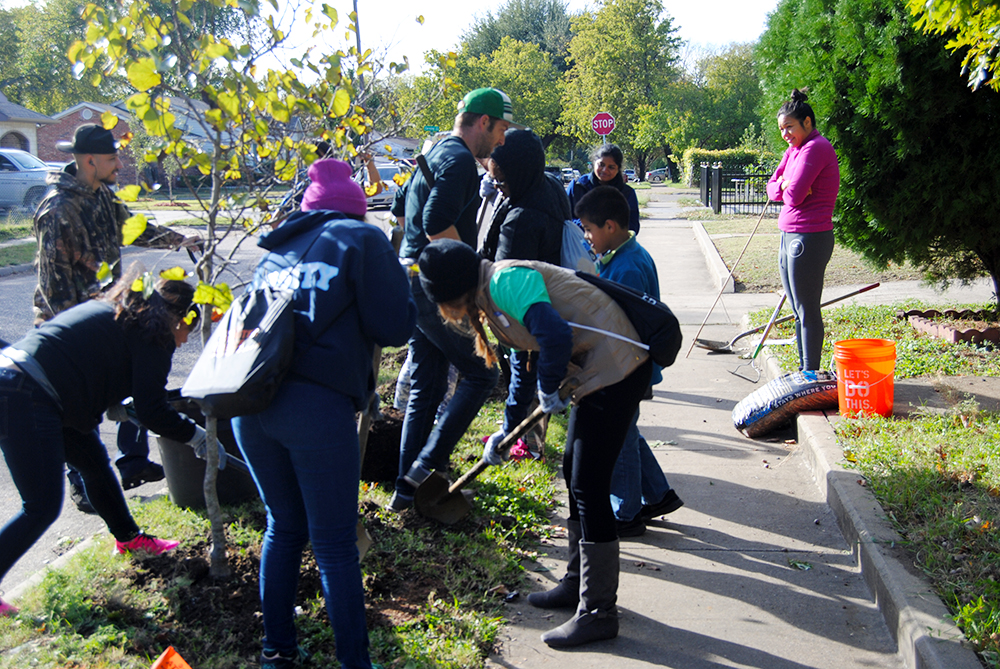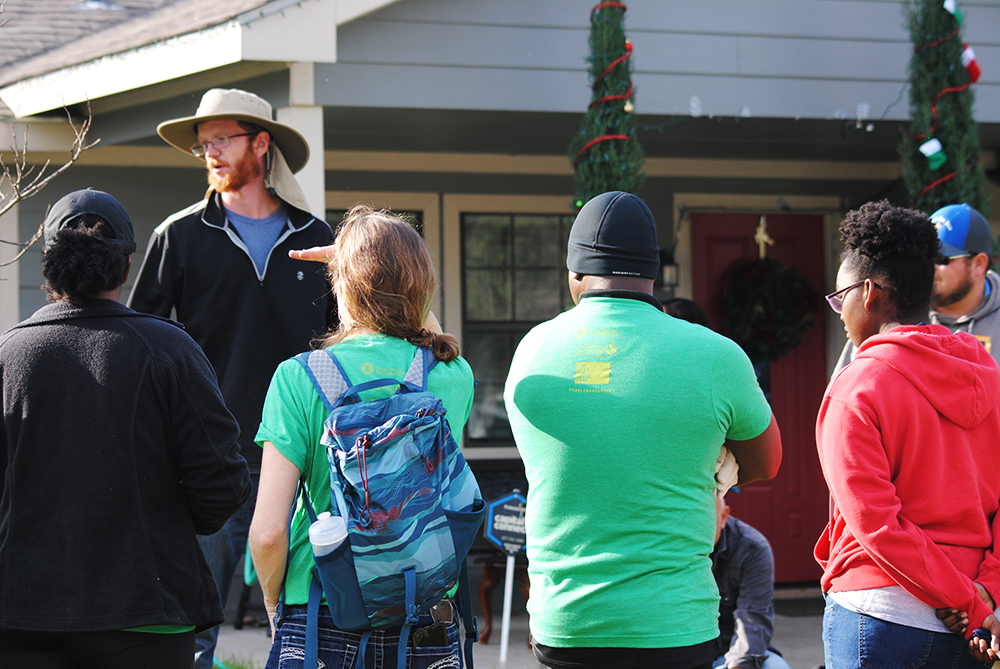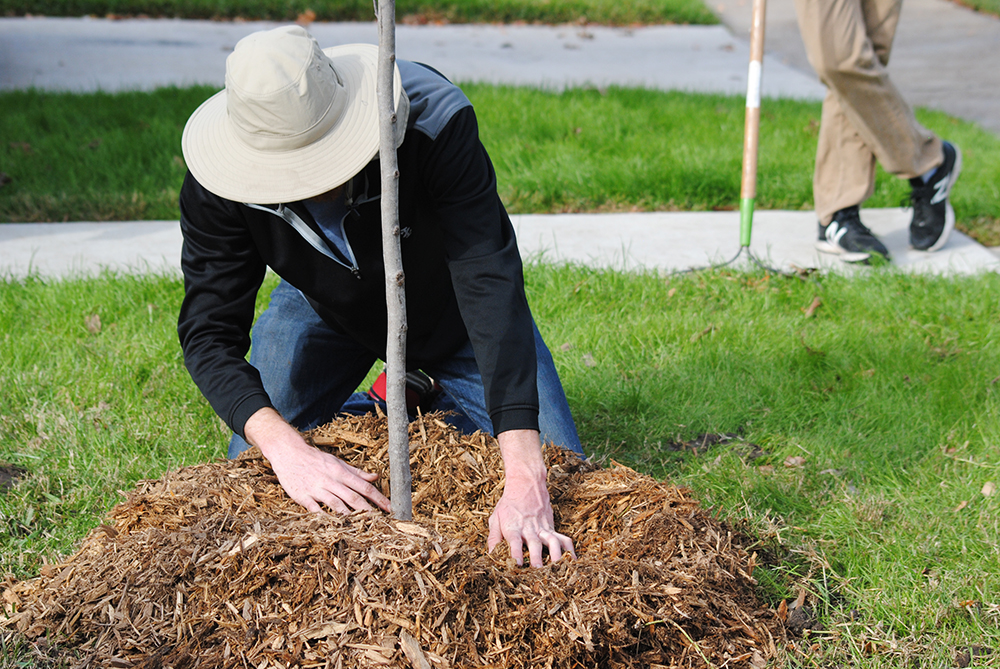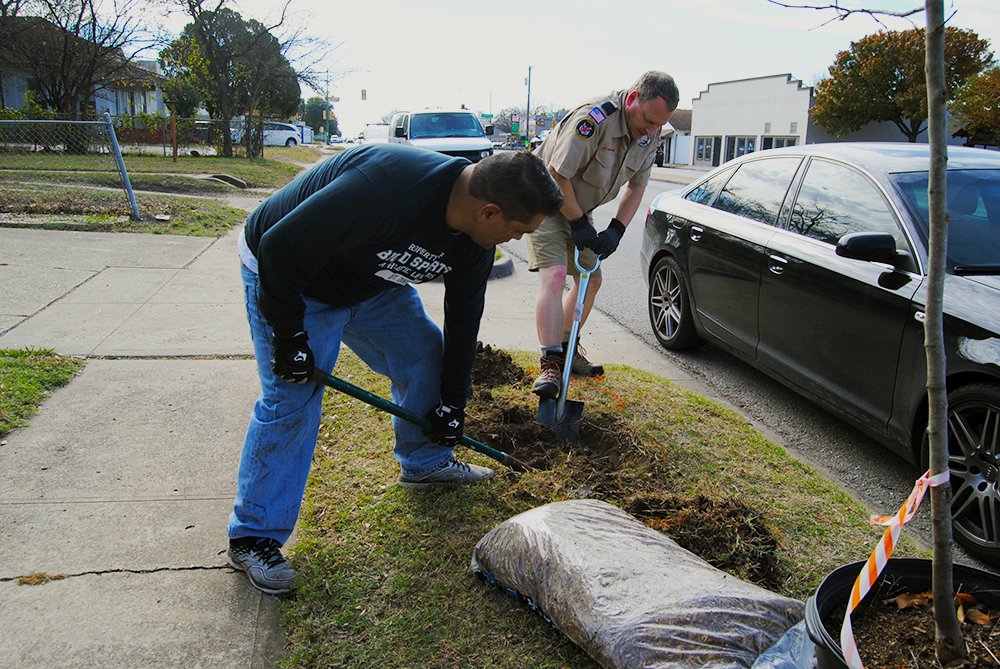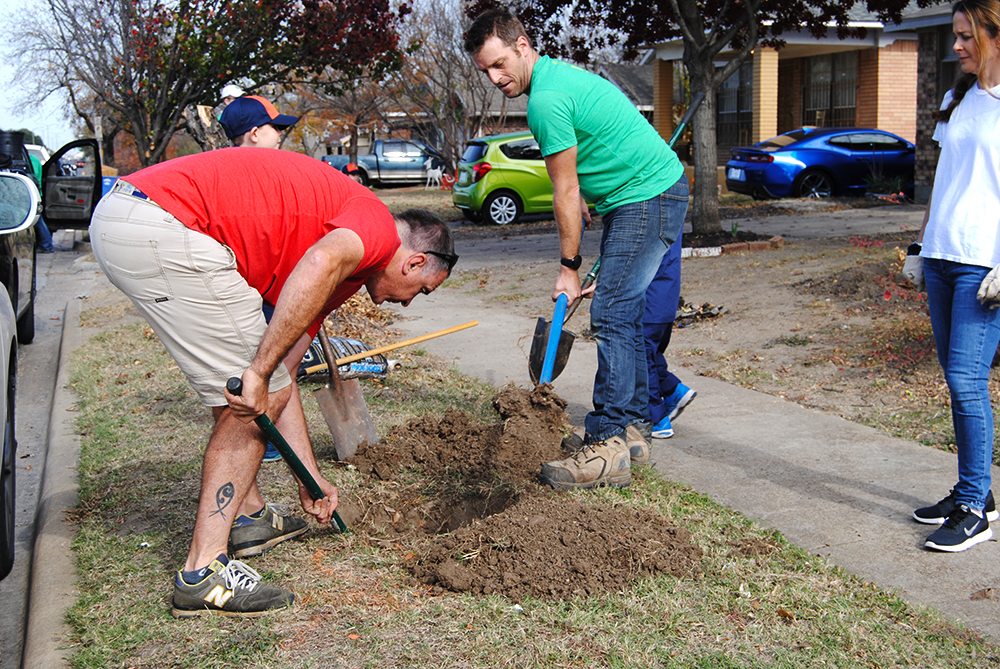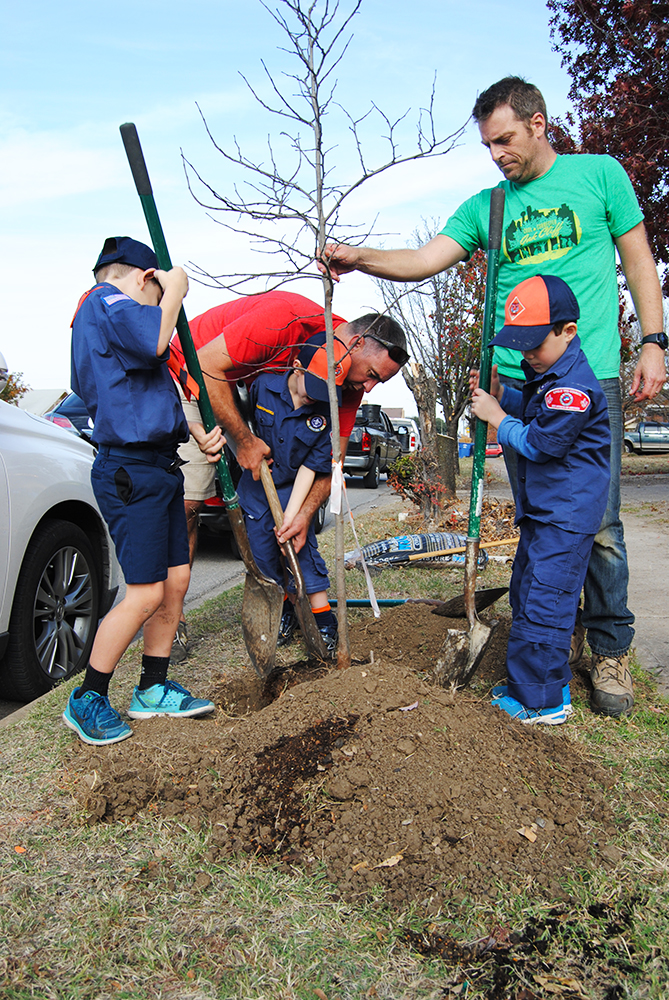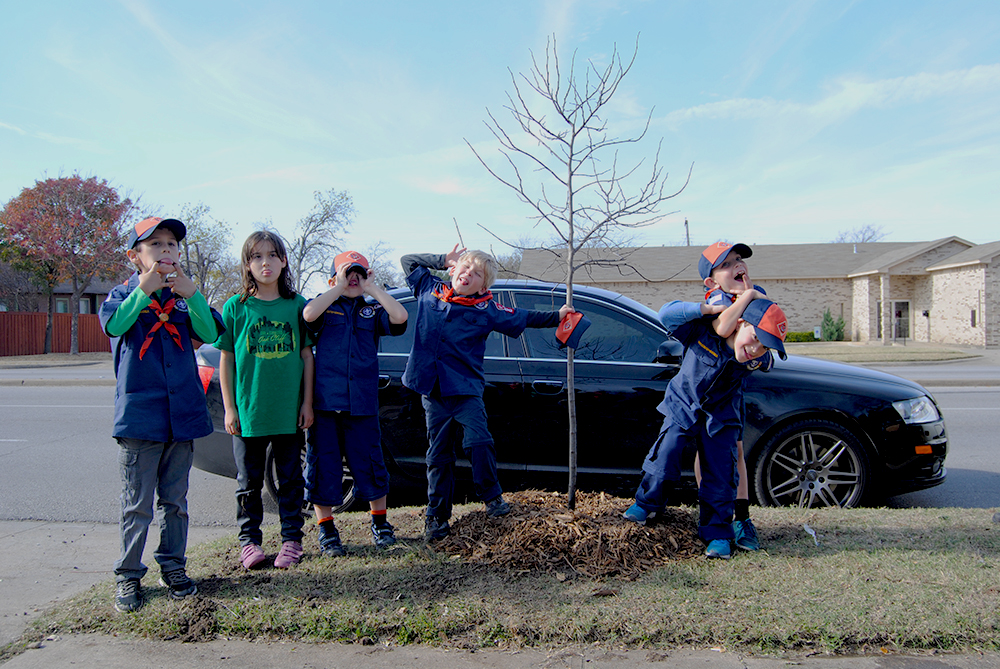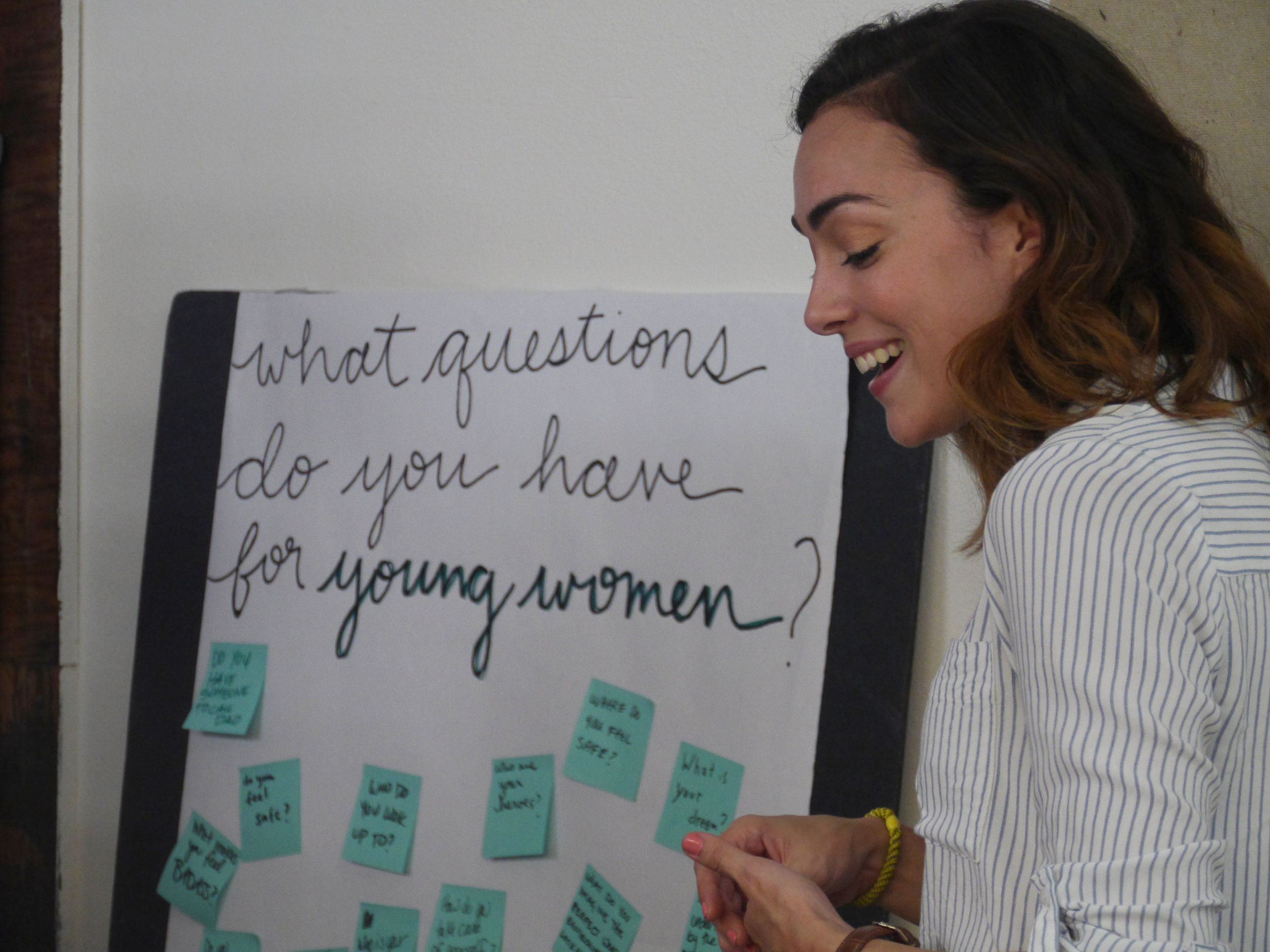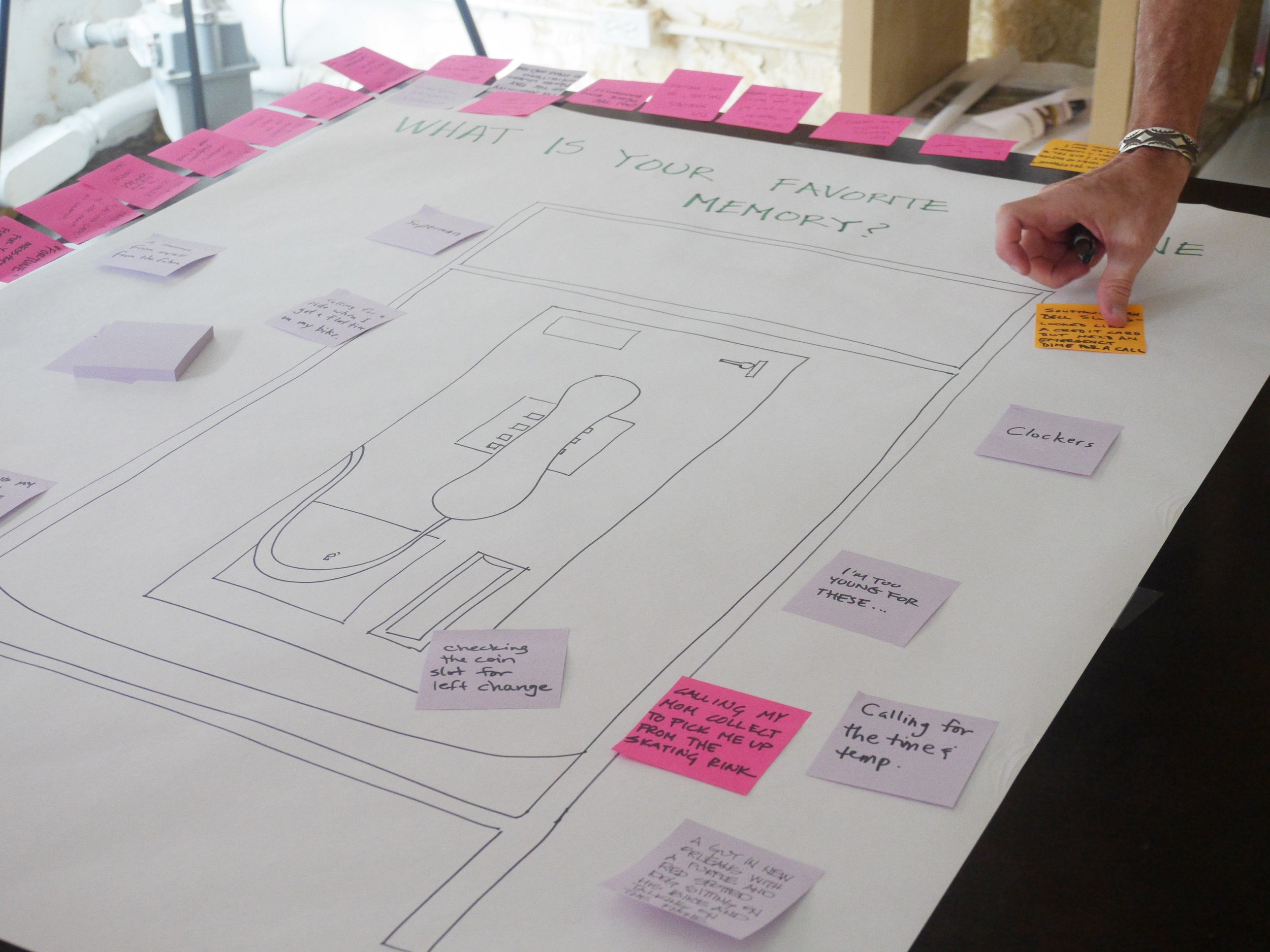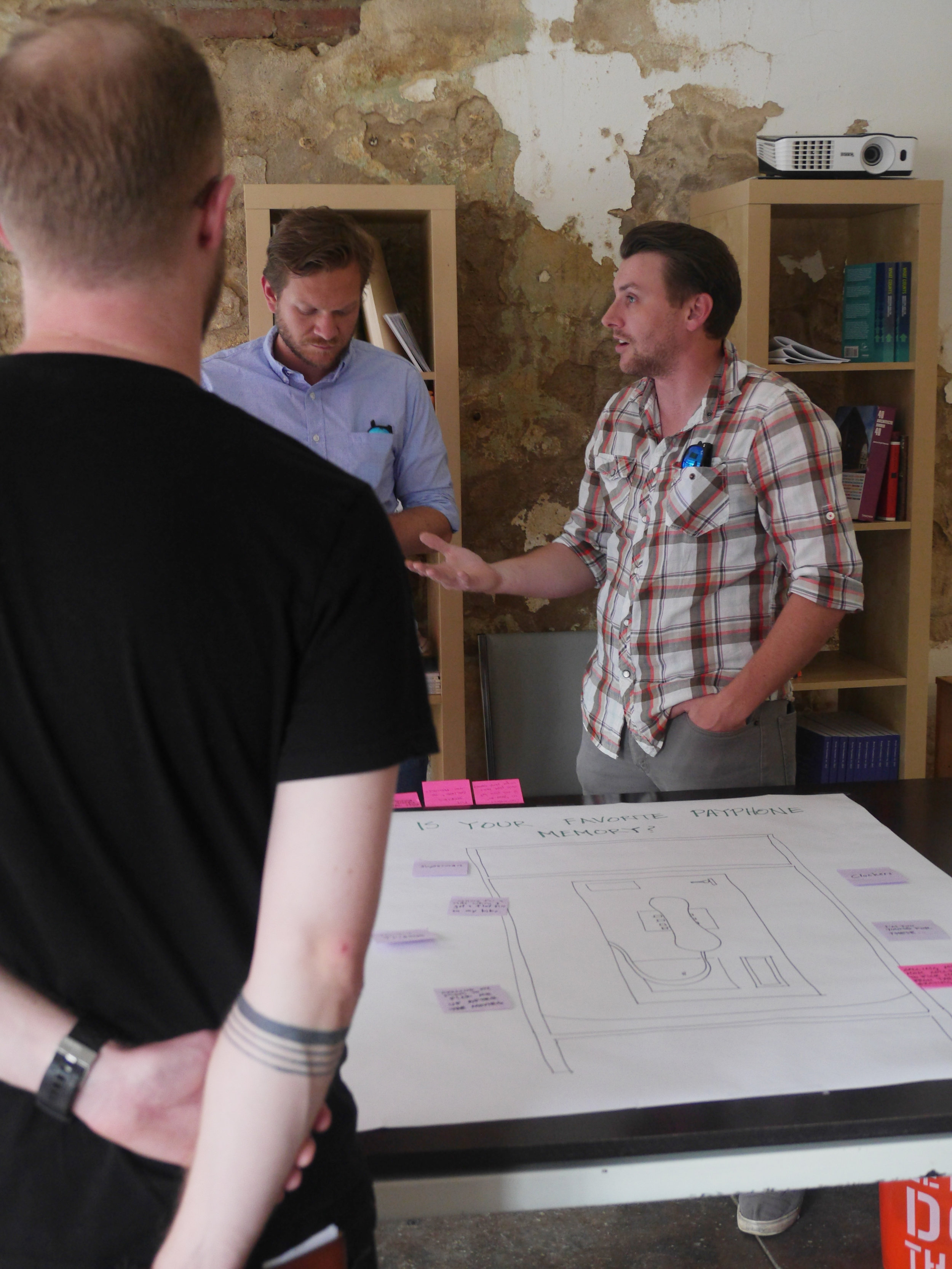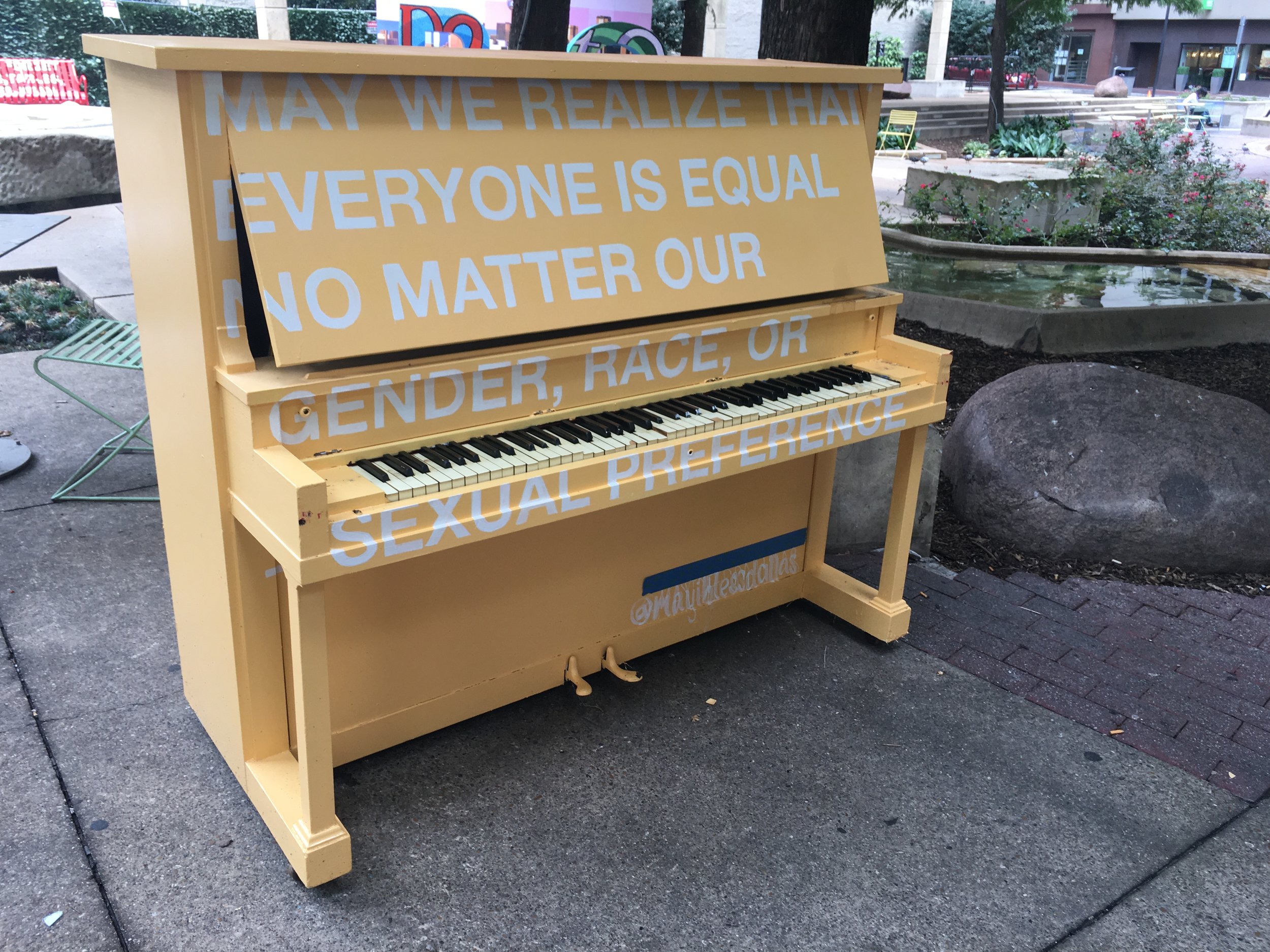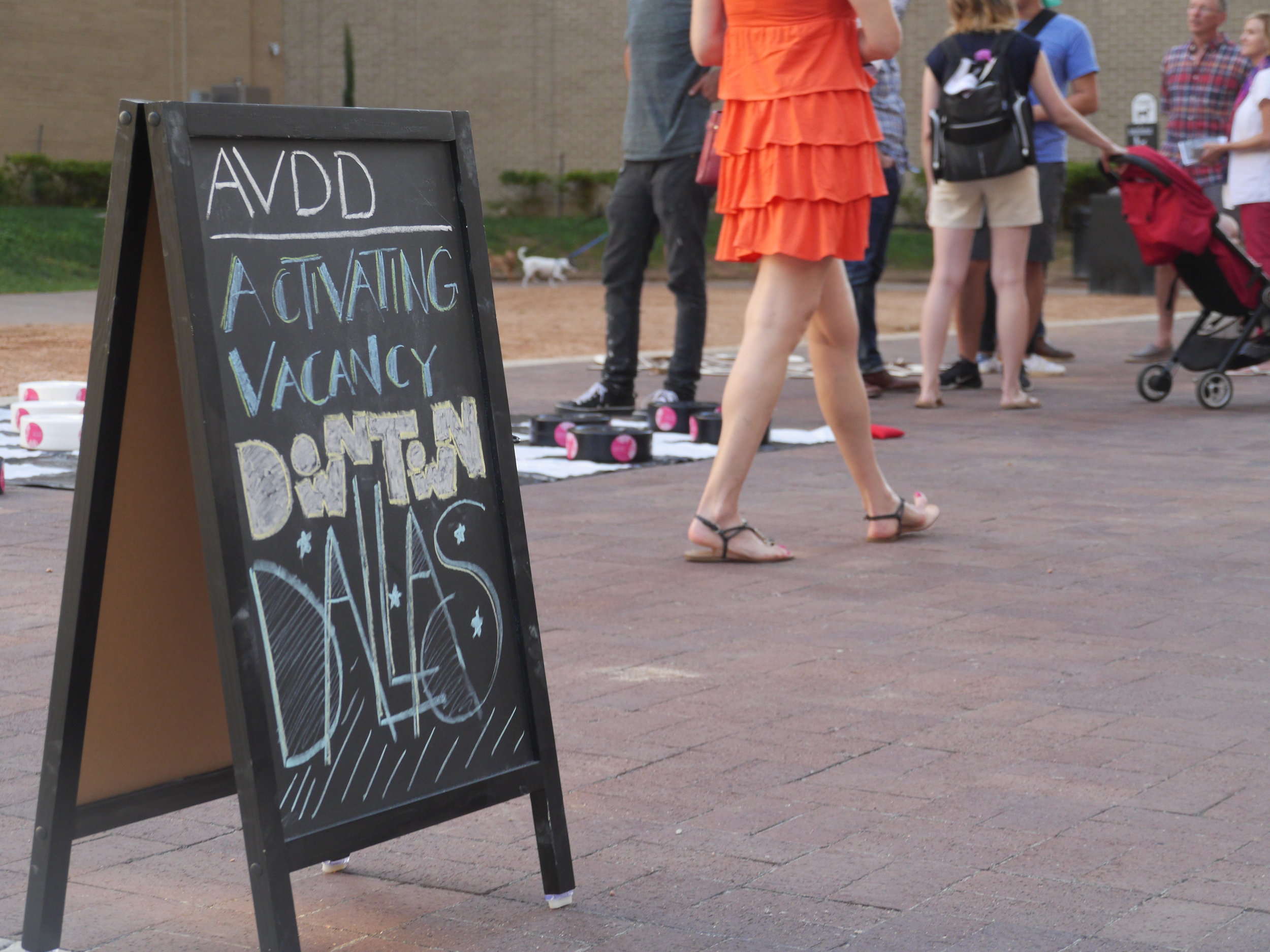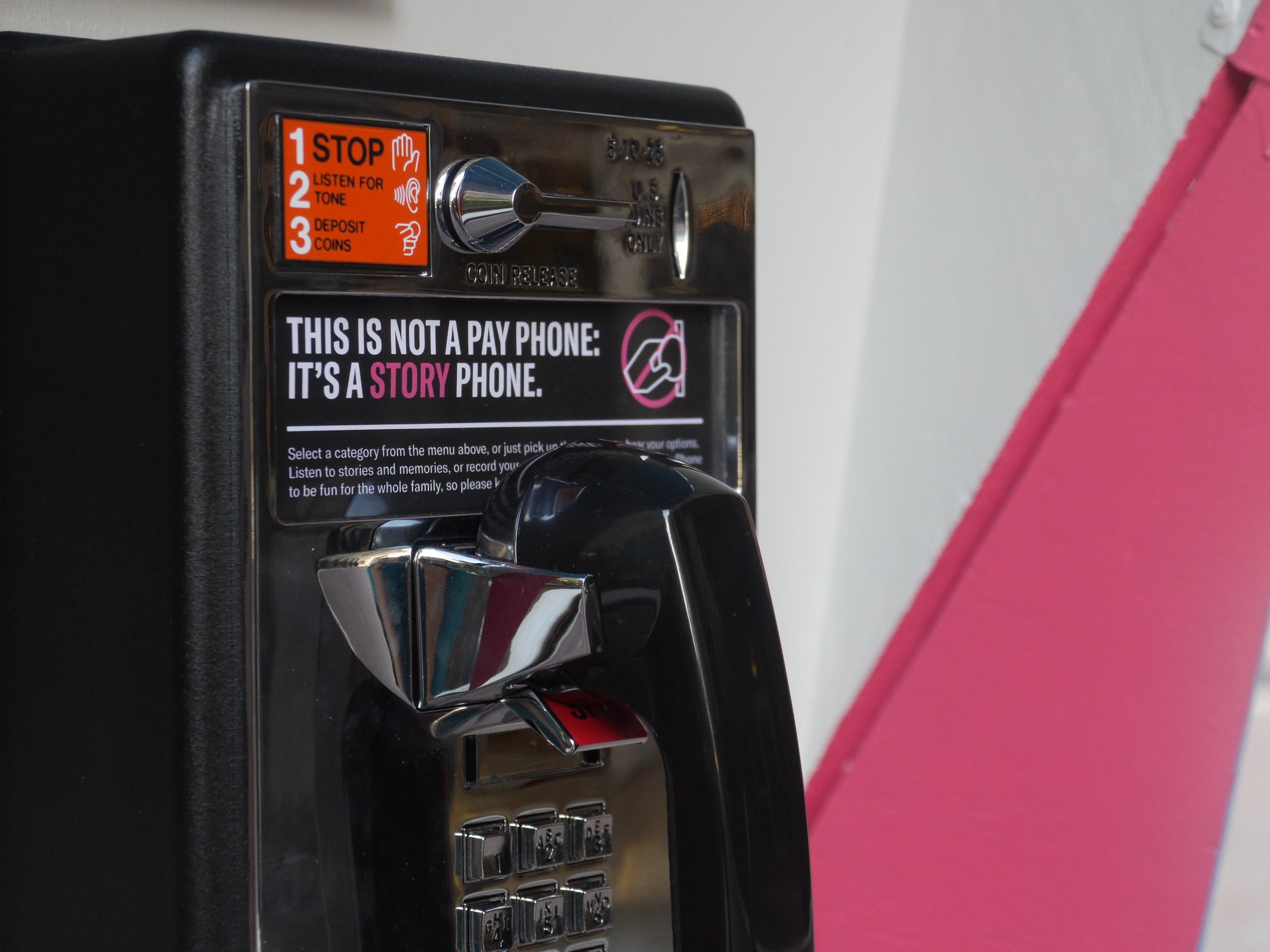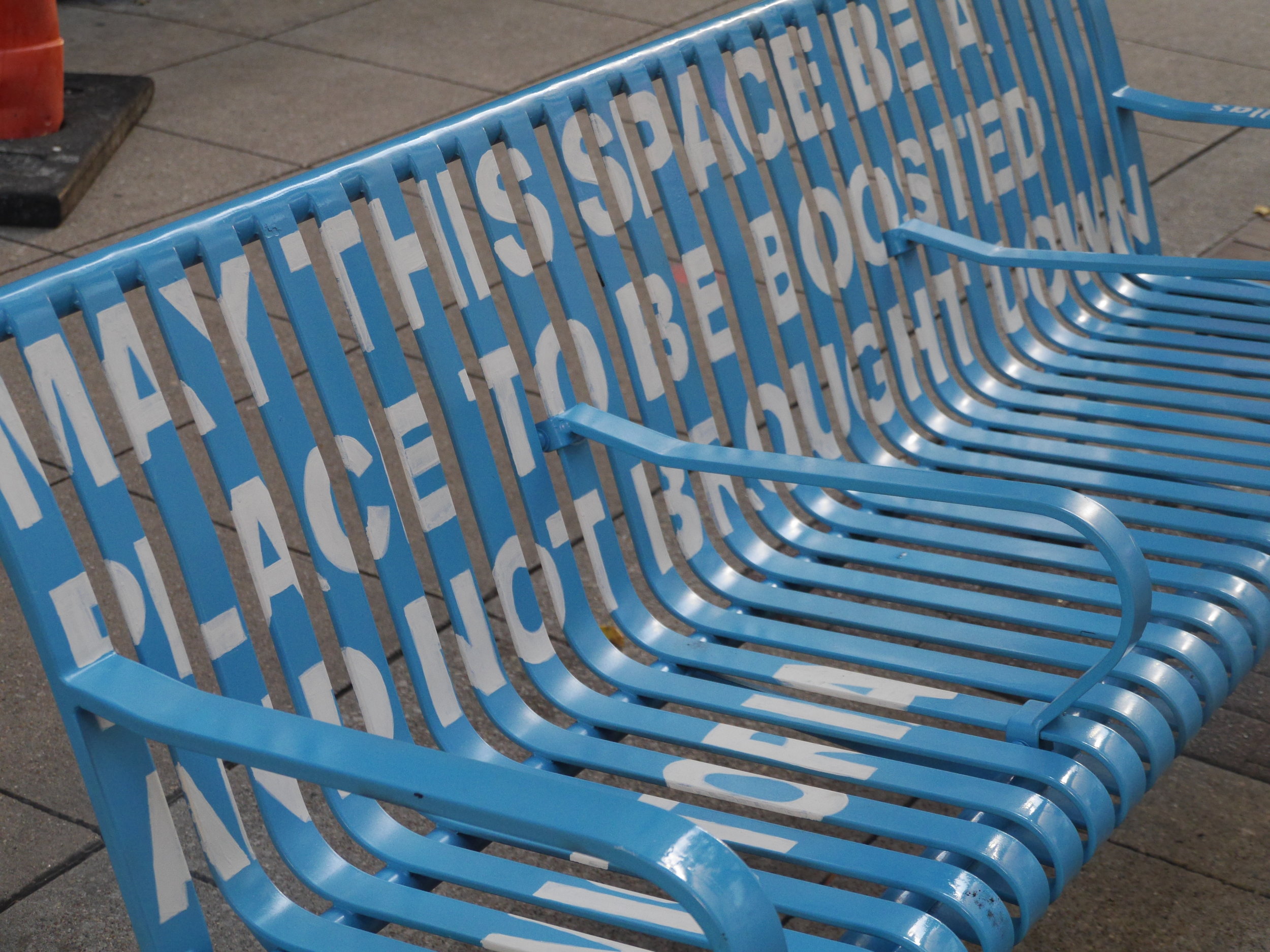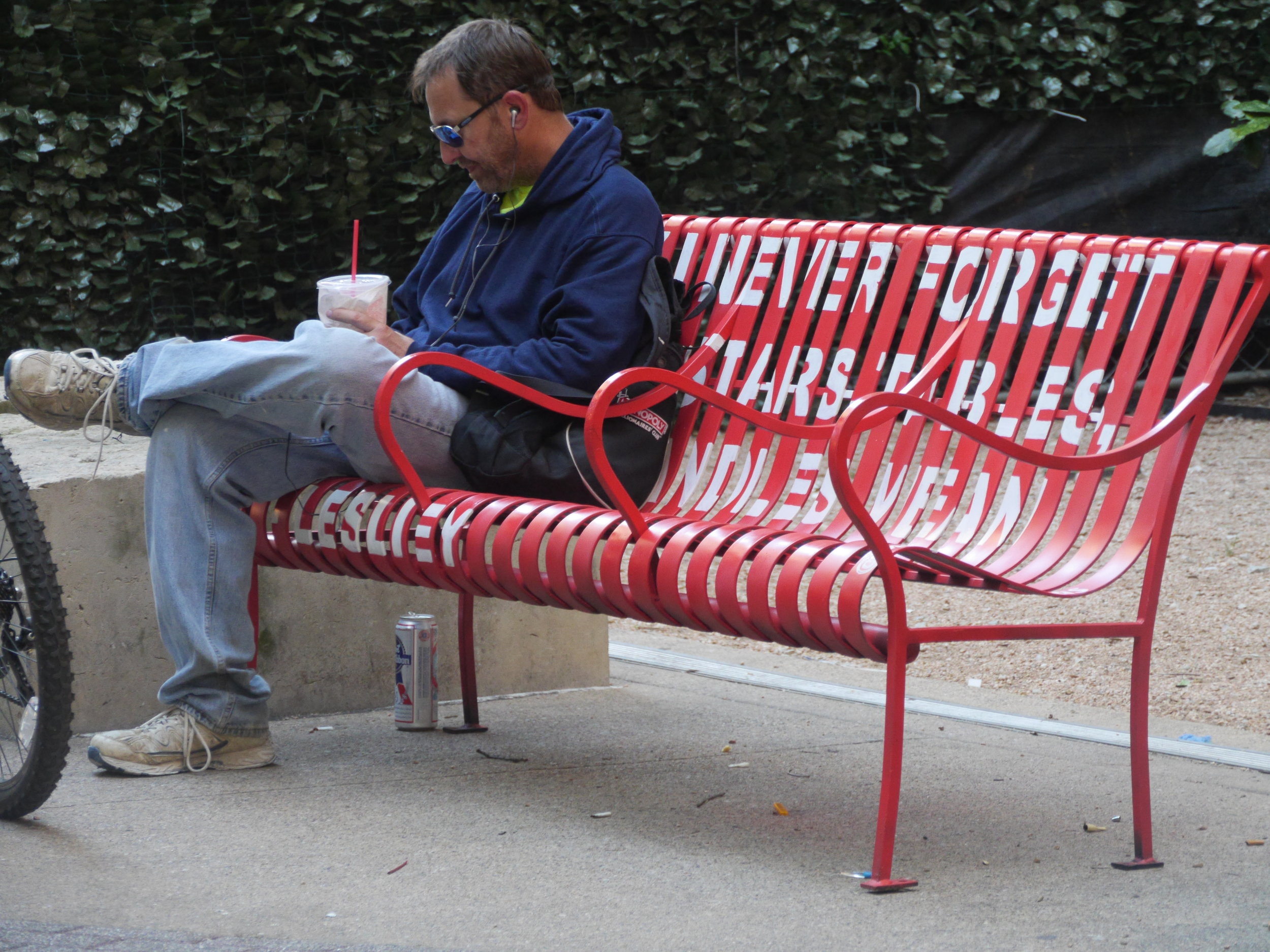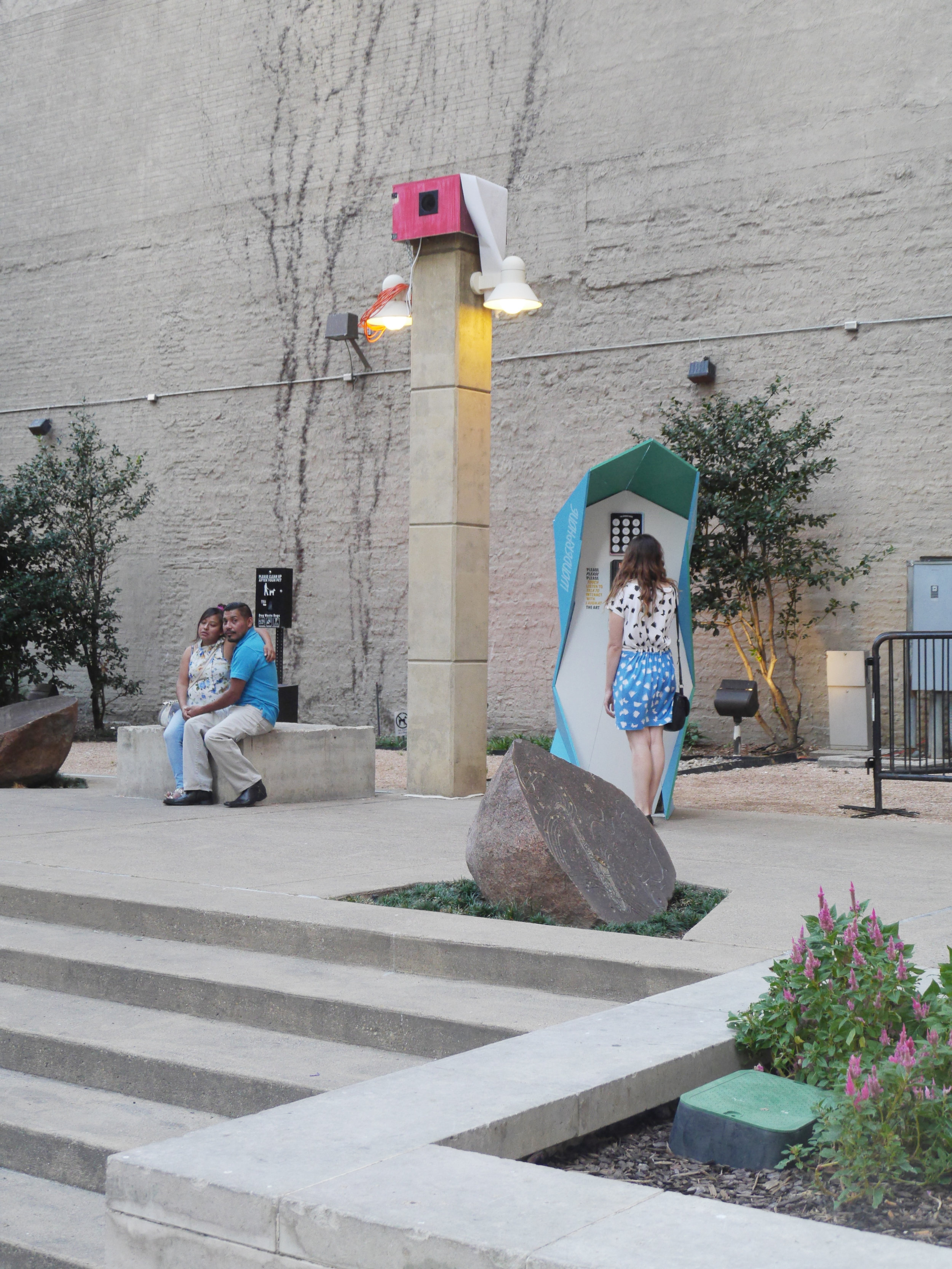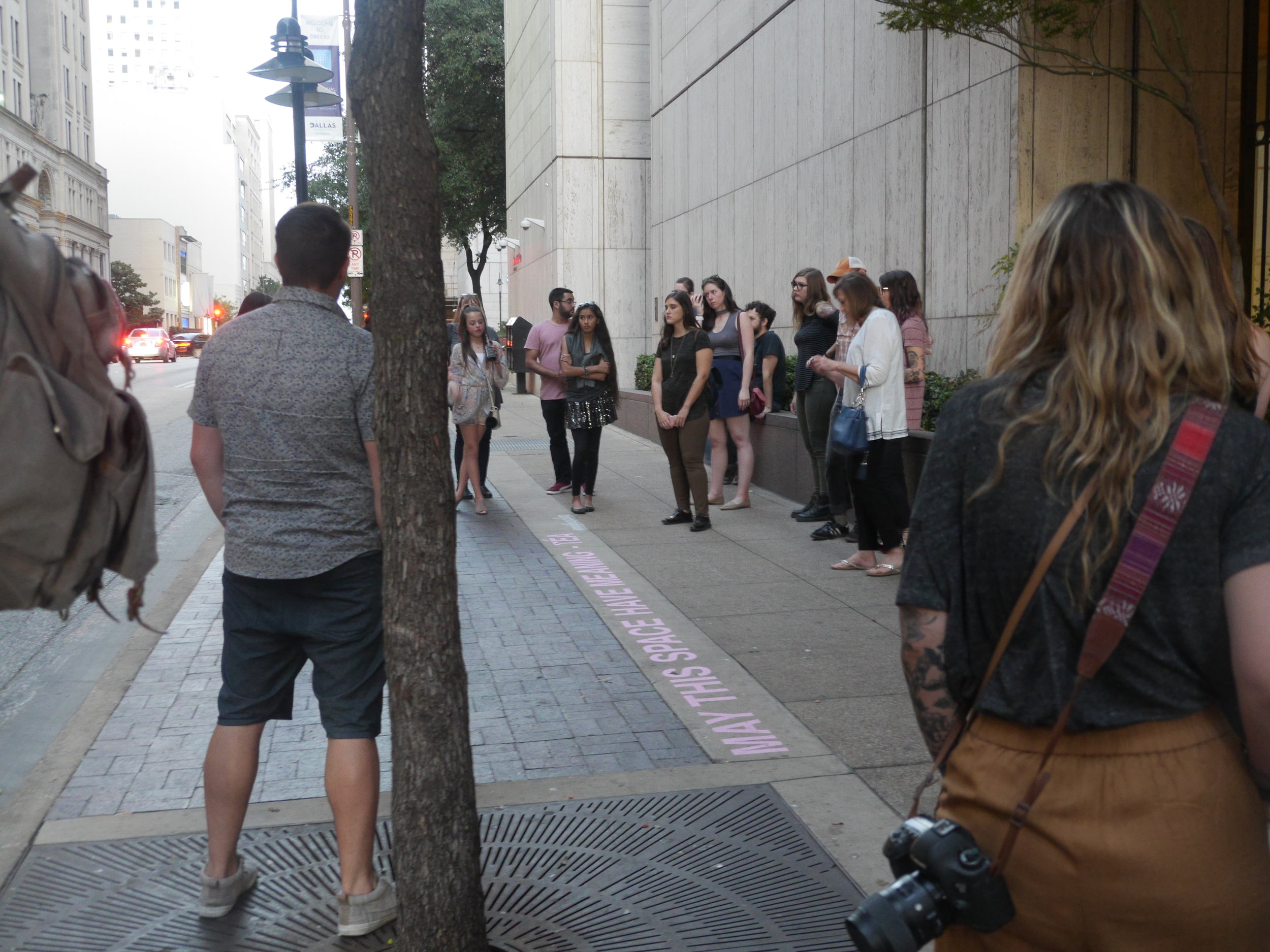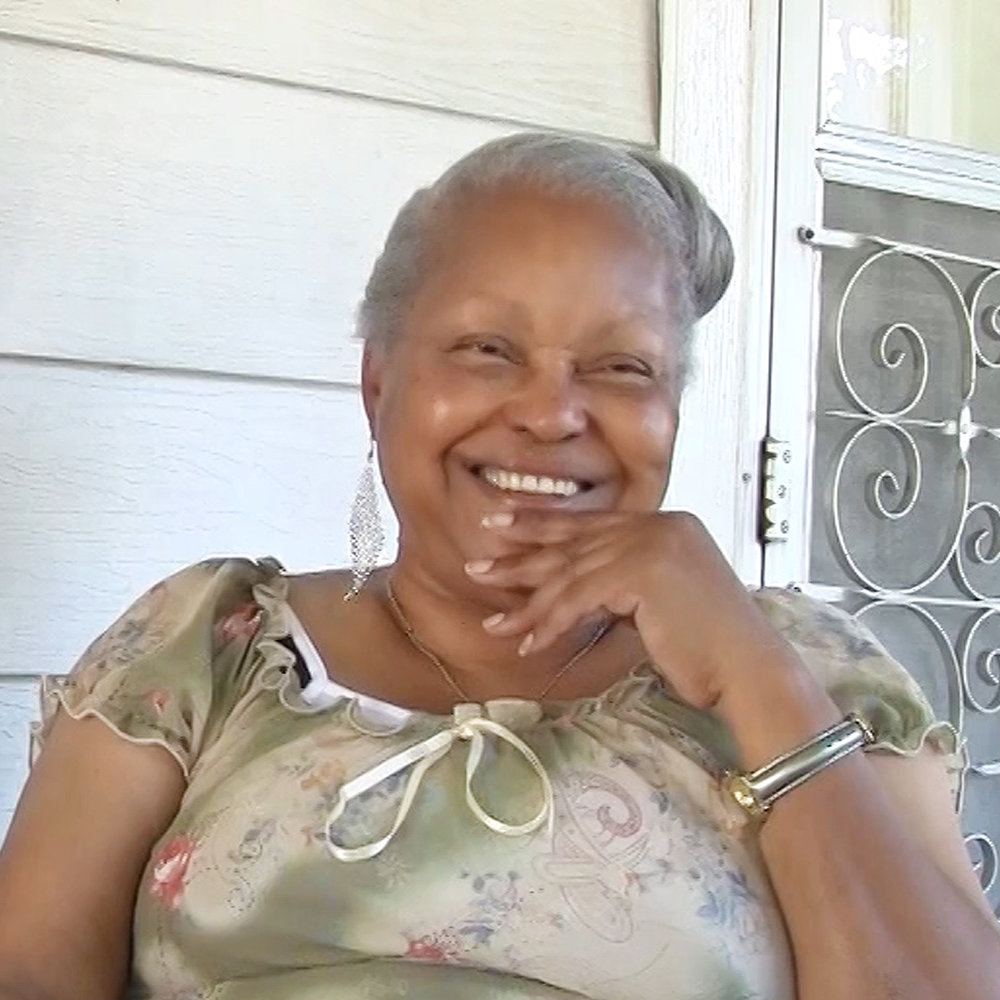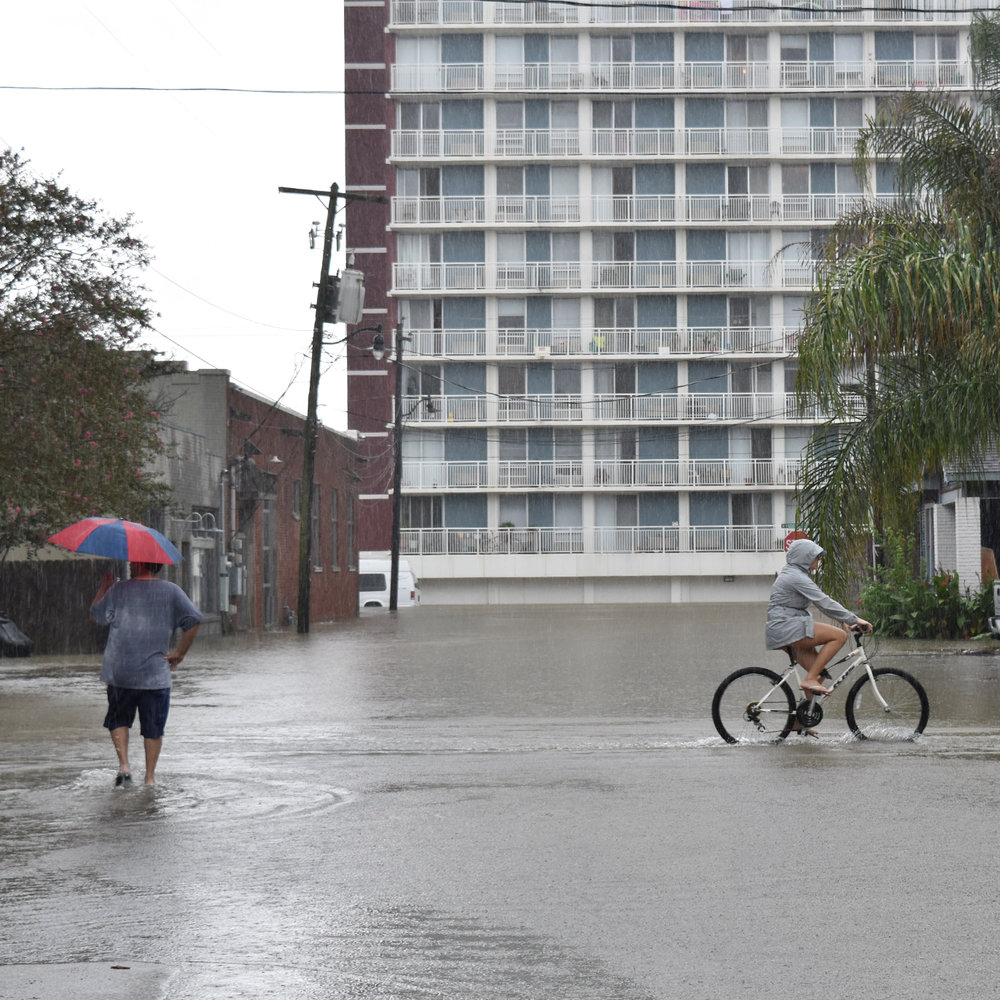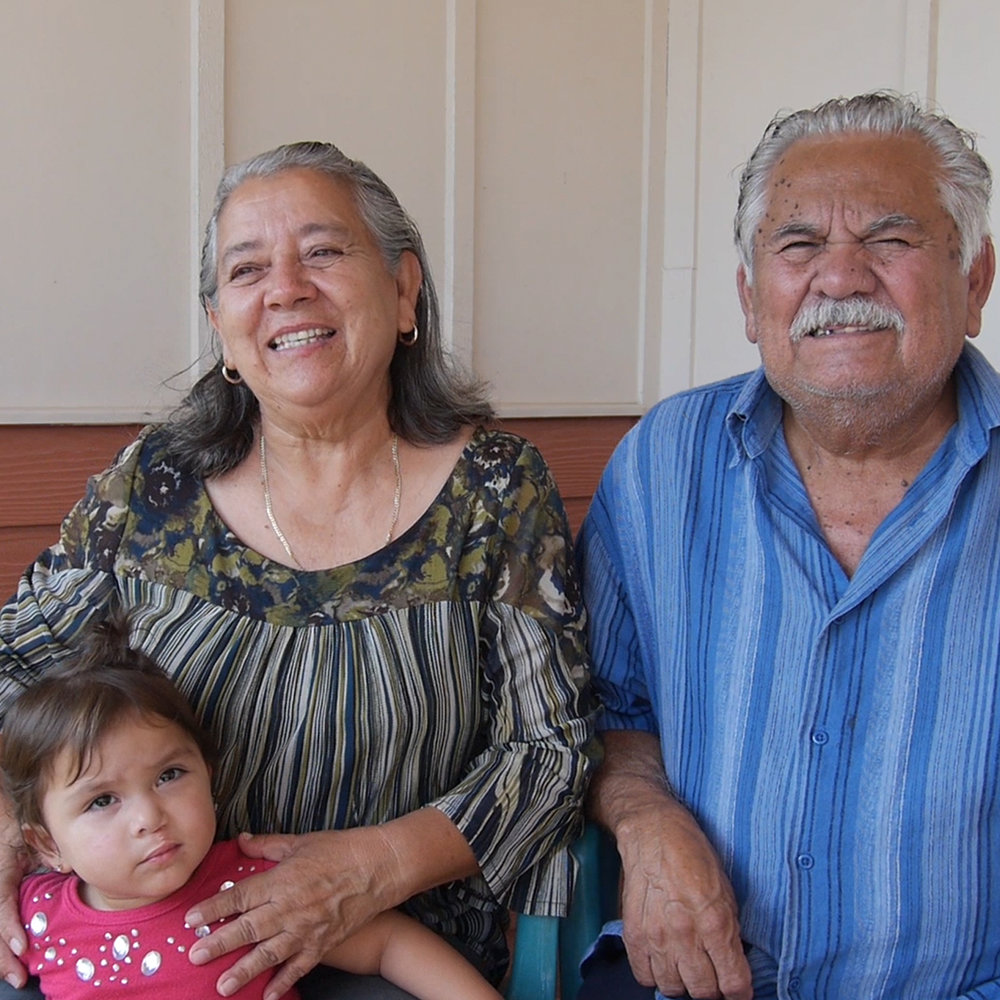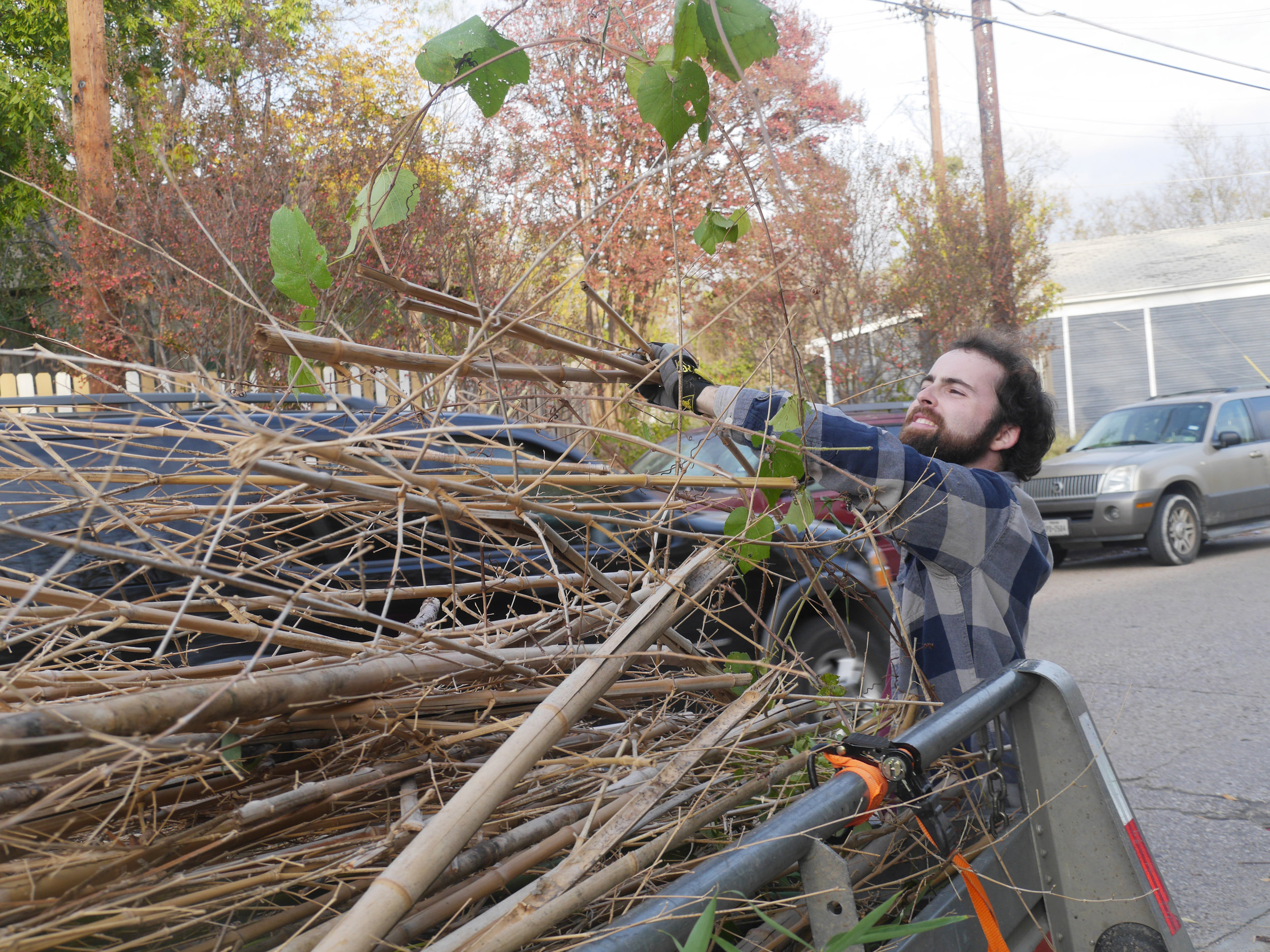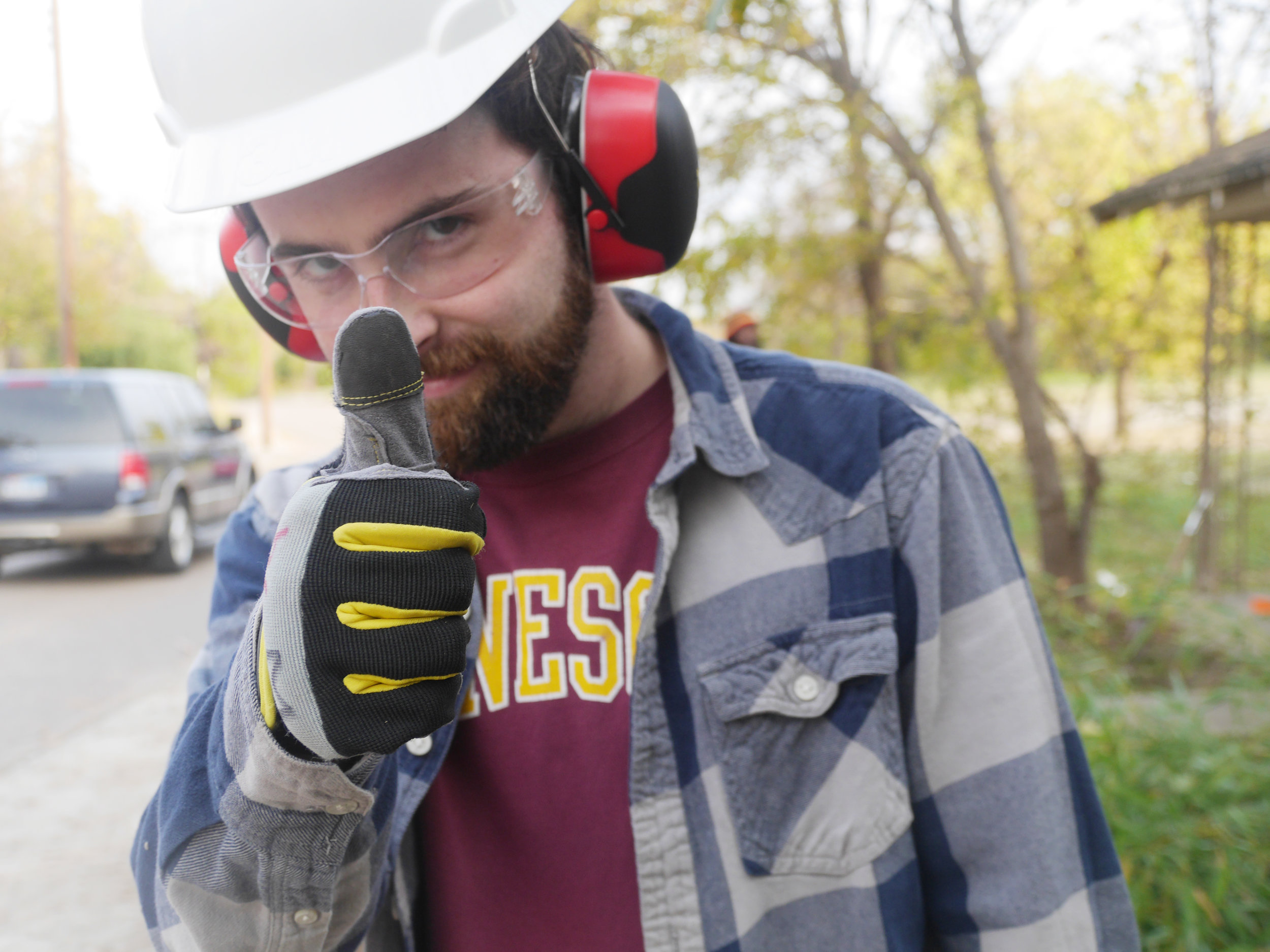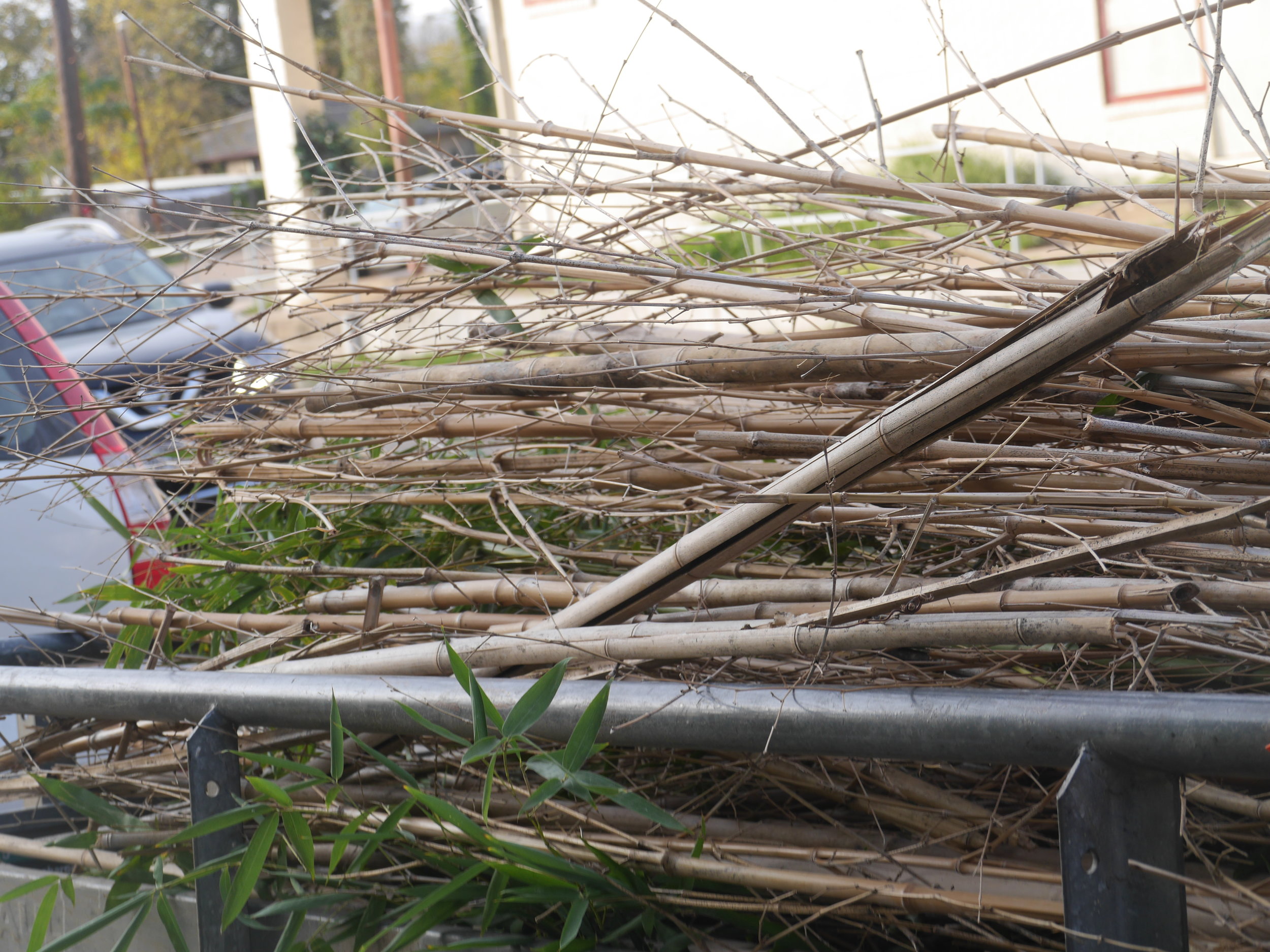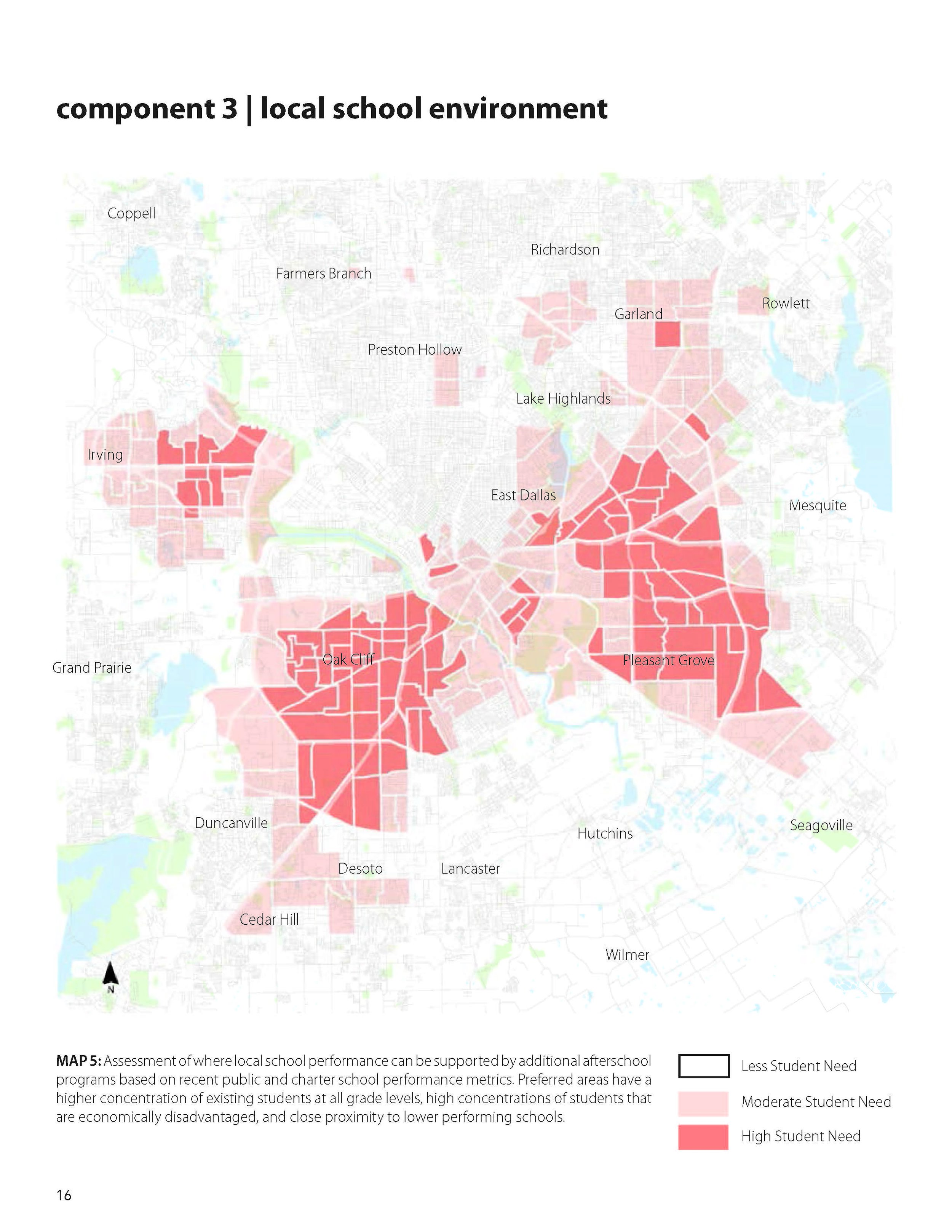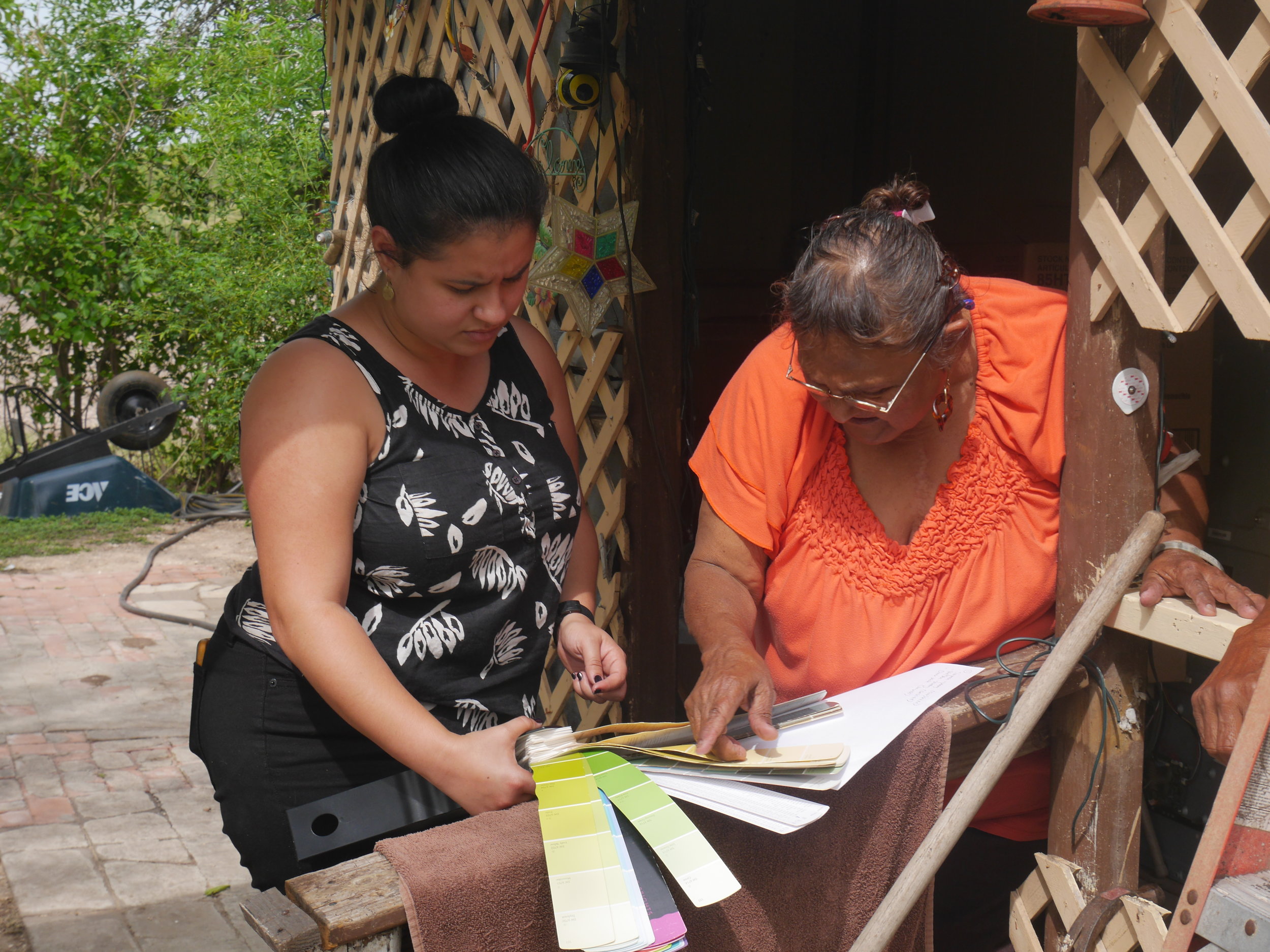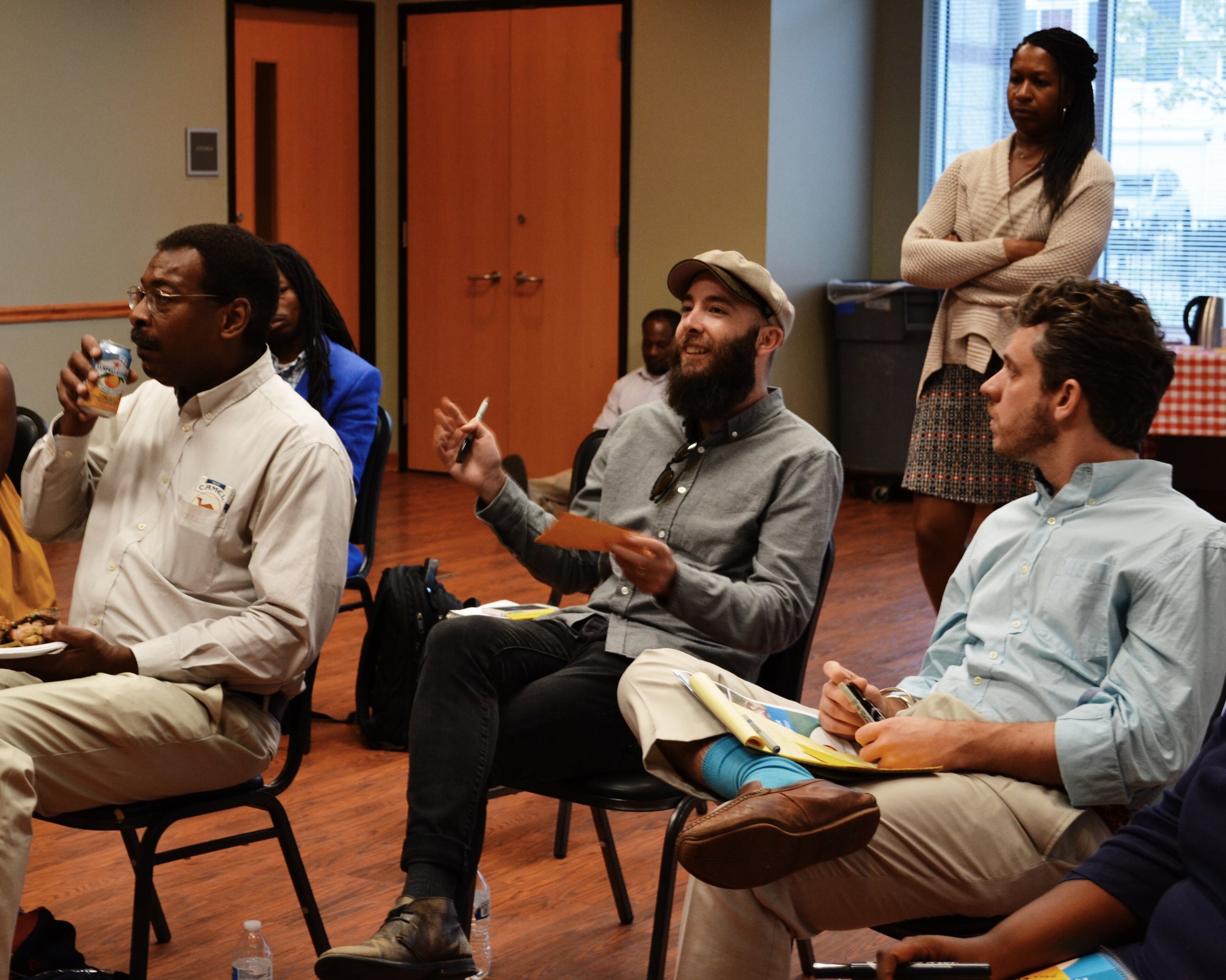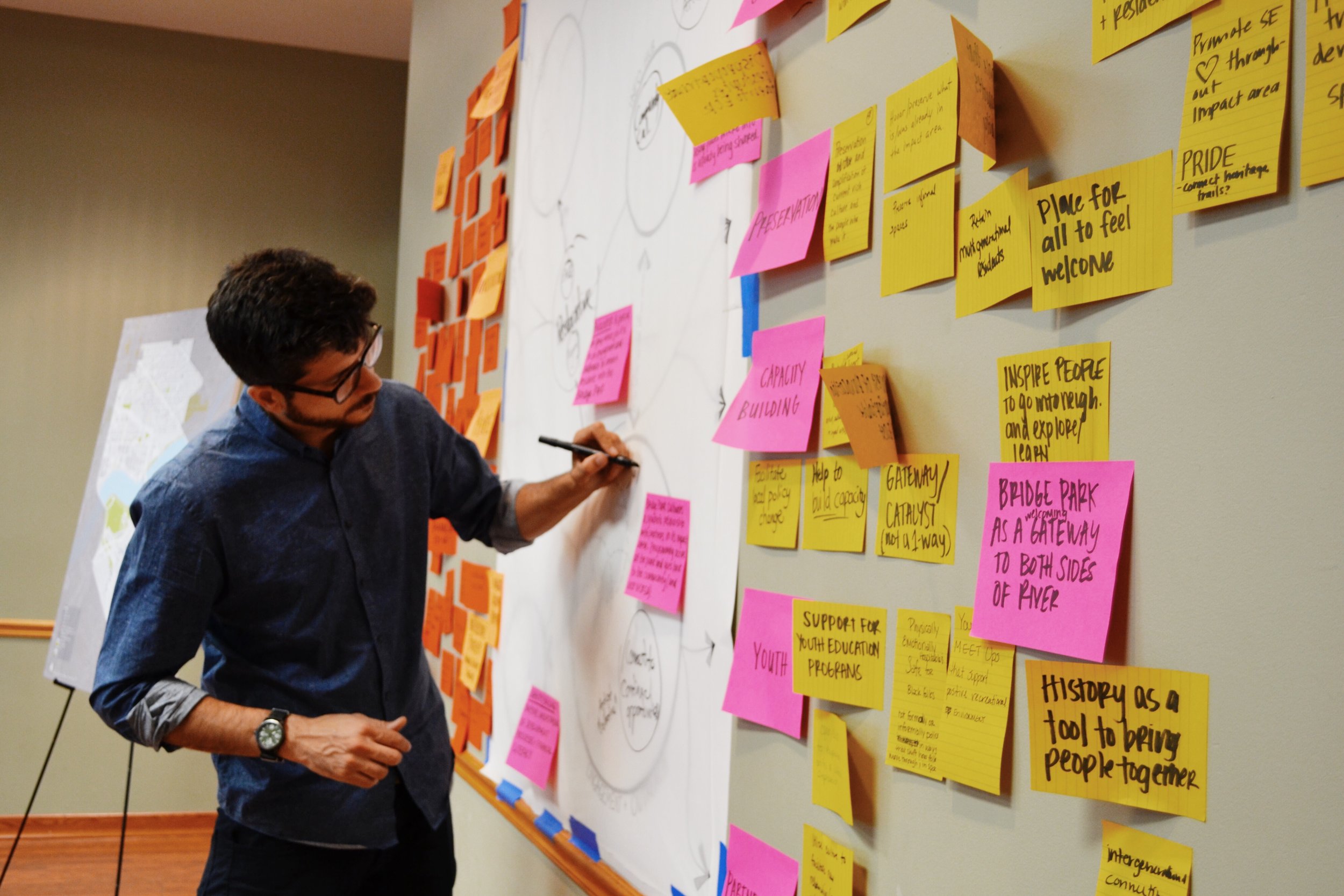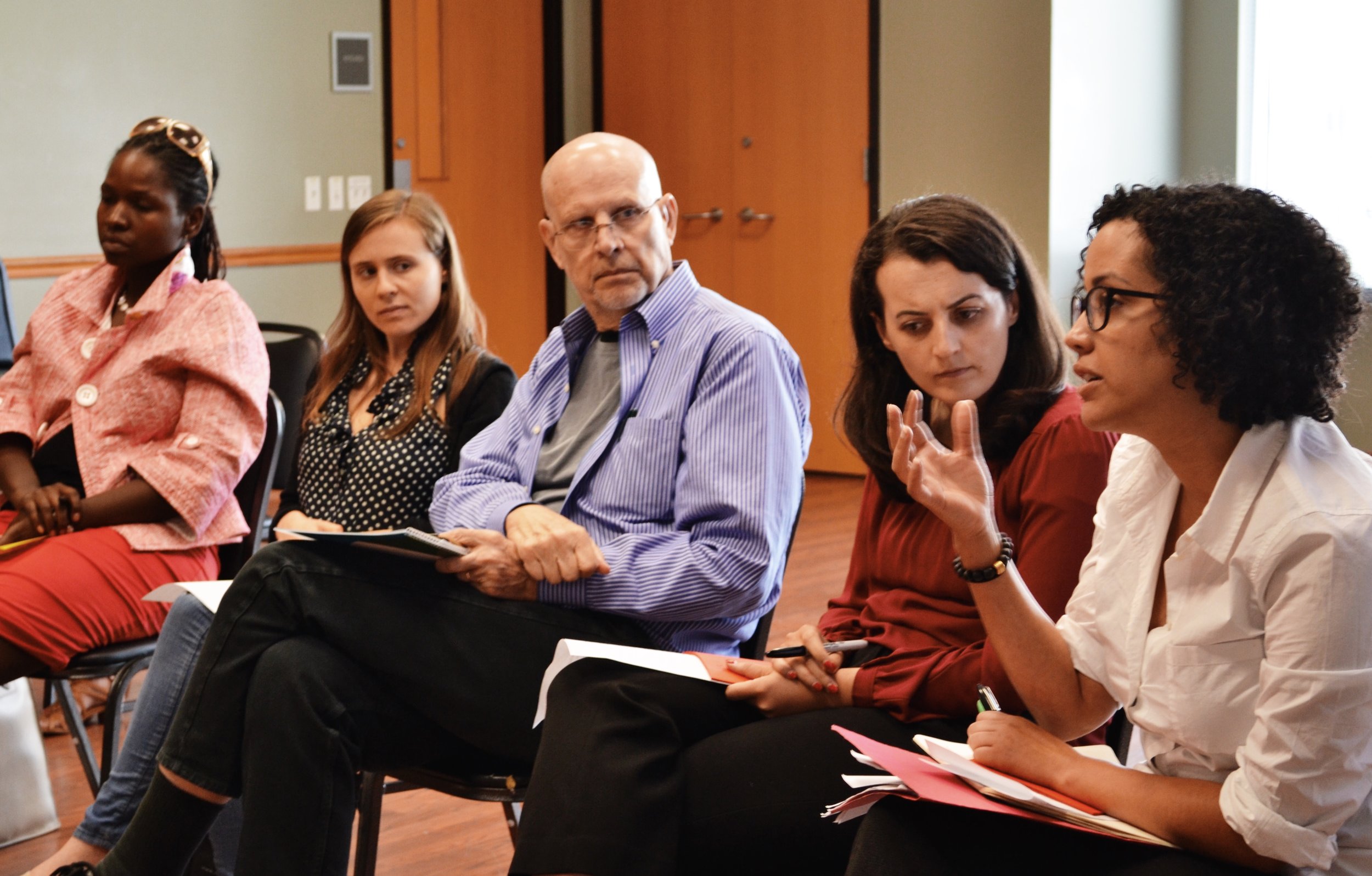Rickey Crum, Gray Garmon, Katie Krummeck, Edward Li, and Justin Childress: The artist team is a collective of designers from a variety of backgrounds (architecture, human-centered design, graphic design, engineering, and education) with experience working all over the world on projects of various scales. The diverse backgrounds of the team members allow them to bring an interdisciplinary perspective to design challenges, and the nature of their work has given them the platform to use creative expression and human-centered design methodologies for social impact. The whole team (Rickey Crum, Gray Garmon, Katie Krummeck, Edward Li, and Justin Childress) are all affiliated with the Design and Innovation programs (like this and this) at Southern Methodist University in Dallas, TX.
Project Proposal:
We propose to create an installation of “redesigned” payphones at various public spaces in downtown Dallas. The payphone, although antiquated, can be digitally altered with new technology and pivot to be a vessel for connecting people with their city. We will work with the downtown community to understand their needs, interests, and stories to help design the payphone interactions. As a passive listener or an active contributor, people will have the ability to choose the way that they want to engage with the installation. Ultimately, this installation aims to inform people about their city, suggest ways to experience their city, inspire deeper connections between people, and encourage them to participate in the future of their city by sharing their voice.
The internal systems of the payphone will be altered with new digital technologies to allow for the keypad to provide a series of audio interactions. When a person interacts with the payphone by picking up the receiver, they will be greeted with a message that prompts the user to engage in different activities. For instance, the user might be prompted to hear the history about a nearby building, or a historical event. An informational option could provide recommendations on local dining or entertainment offerings. They can press a number that asks the user a question about their opinion on a current civic topic and records their response. There could be an option to leave recorded stories that others can listen to and share then personal experiences.
These projects are part of [bc]'s Activating Vacancy initiative. Activating Vacancy is an art and public interest design initiative where residents work alongside artists and designers to investigate, strengthen, and share a community’s unique history; engage in the development of a physical and social framework for cultural activities; and plan for the renewal and growth of the neighborhood. Collaborations included art installations, performances and other artistic actions that explore the cultural, social, political and economic life of a neighborhood.
This project is supported in part by an award from the National Endowment for the Arts. To find out more about how National Endowment for the Arts grants impact individuals and communities, visit www.arts.gov.
Additional support is provided by Downtown Dallas, Inc.
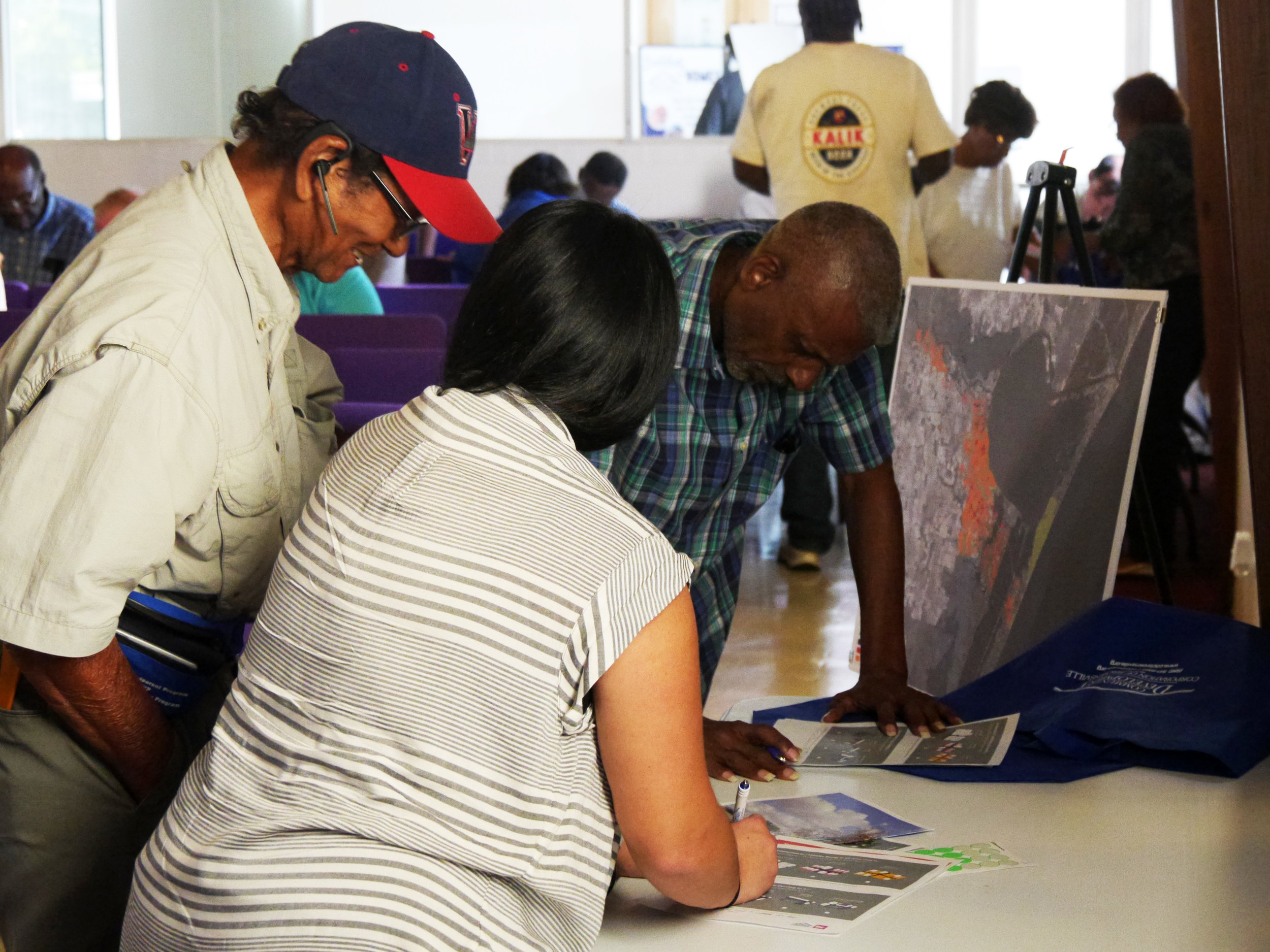
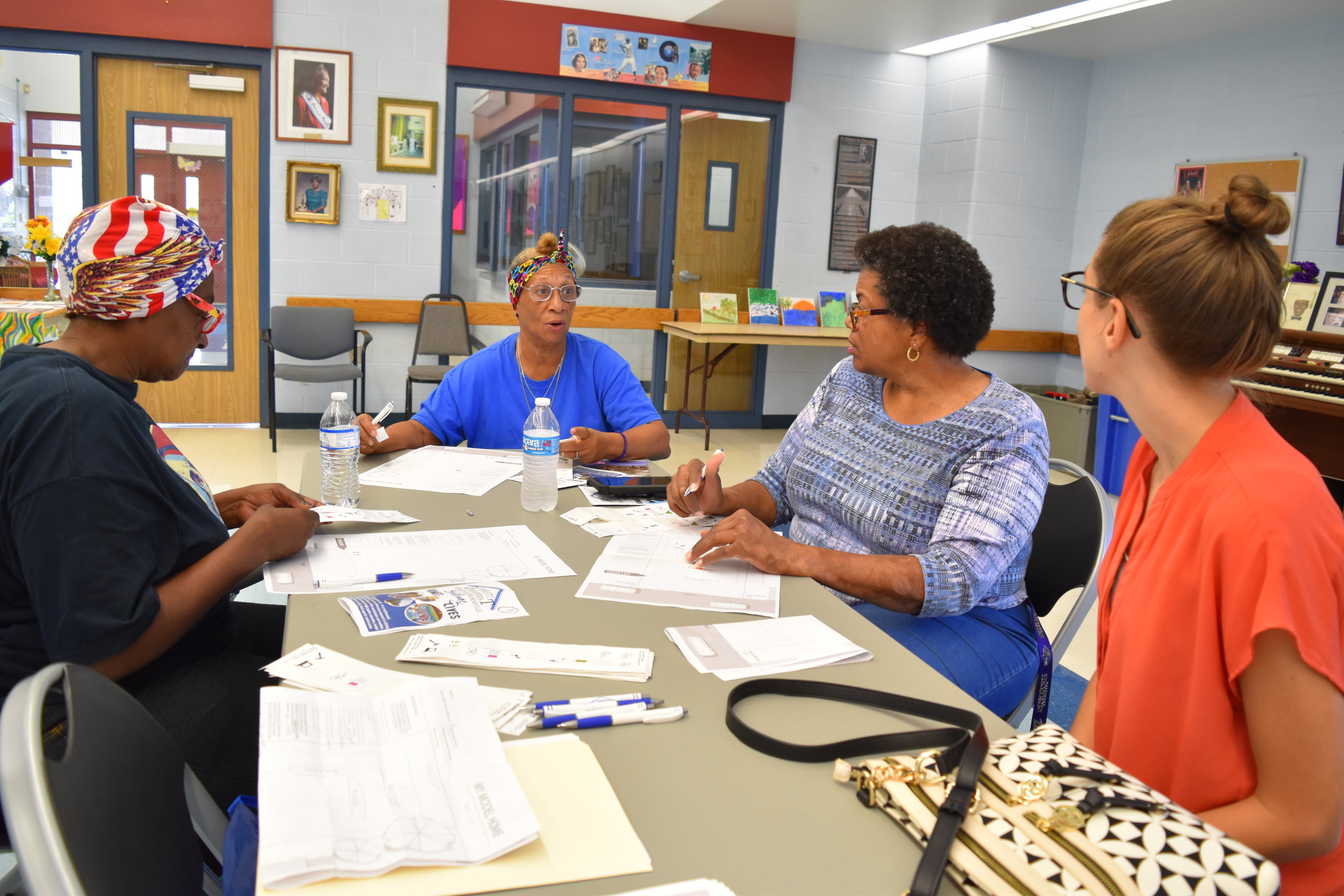
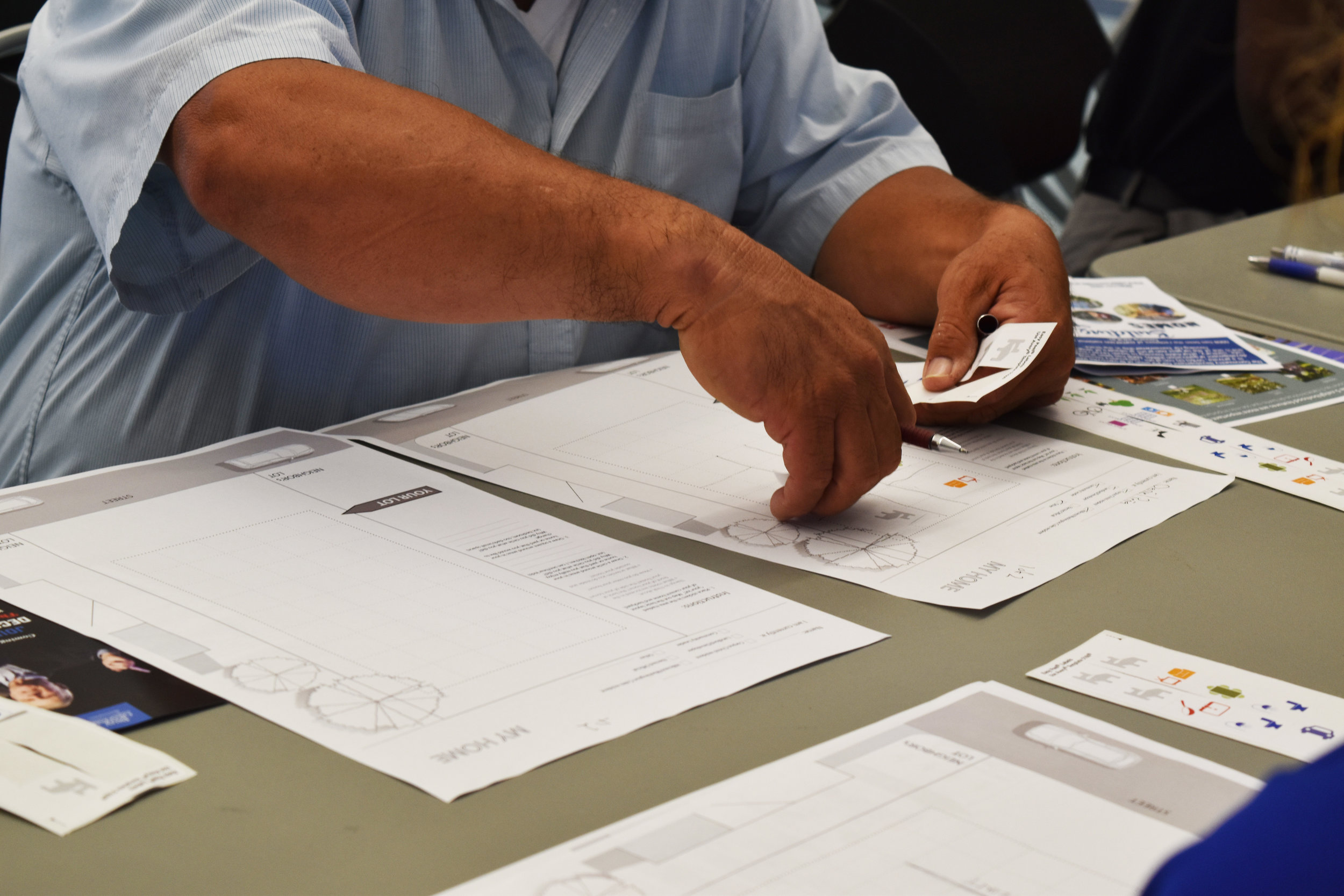
![[bc]](http://images.squarespace-cdn.com/content/v1/5248ebd5e4b0240948a6ceff/1412268209242-TTW0GOFNZPDW9PV7QFXD/bcW_square+big.jpg?format=1000w)



